Time for recent long-distance observations at Gull Point. With a camera + long lens (most shots below @ 1200mm), lots of heat shimmer on a warm day = blurry birds. Nevertheless, a useful tool for interesting bird ID’s/sightings.
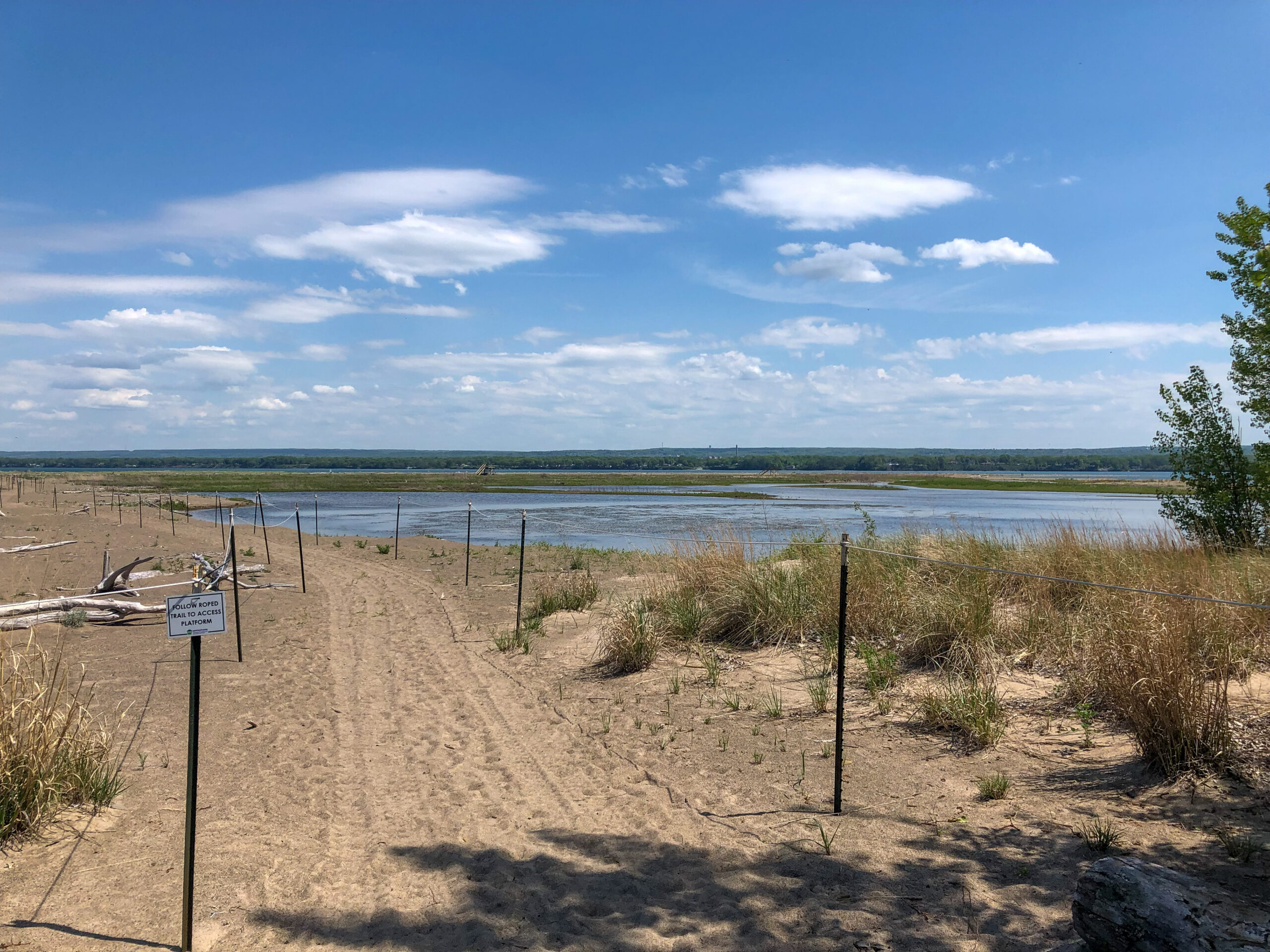
First up, terns! The most common tern @ Presque Isle State Park is Caspian Tern, the world’s largest tern species. Which is confusing, esp. for this post, because there’s a species actually called Common Tern. (Another awful/generic bird name.) And speaking of both, here’s a shot of mixed Caspian Tern, Common Tern, and what might be a juvenile Bonaparte’s Gull (?) on the lower right:
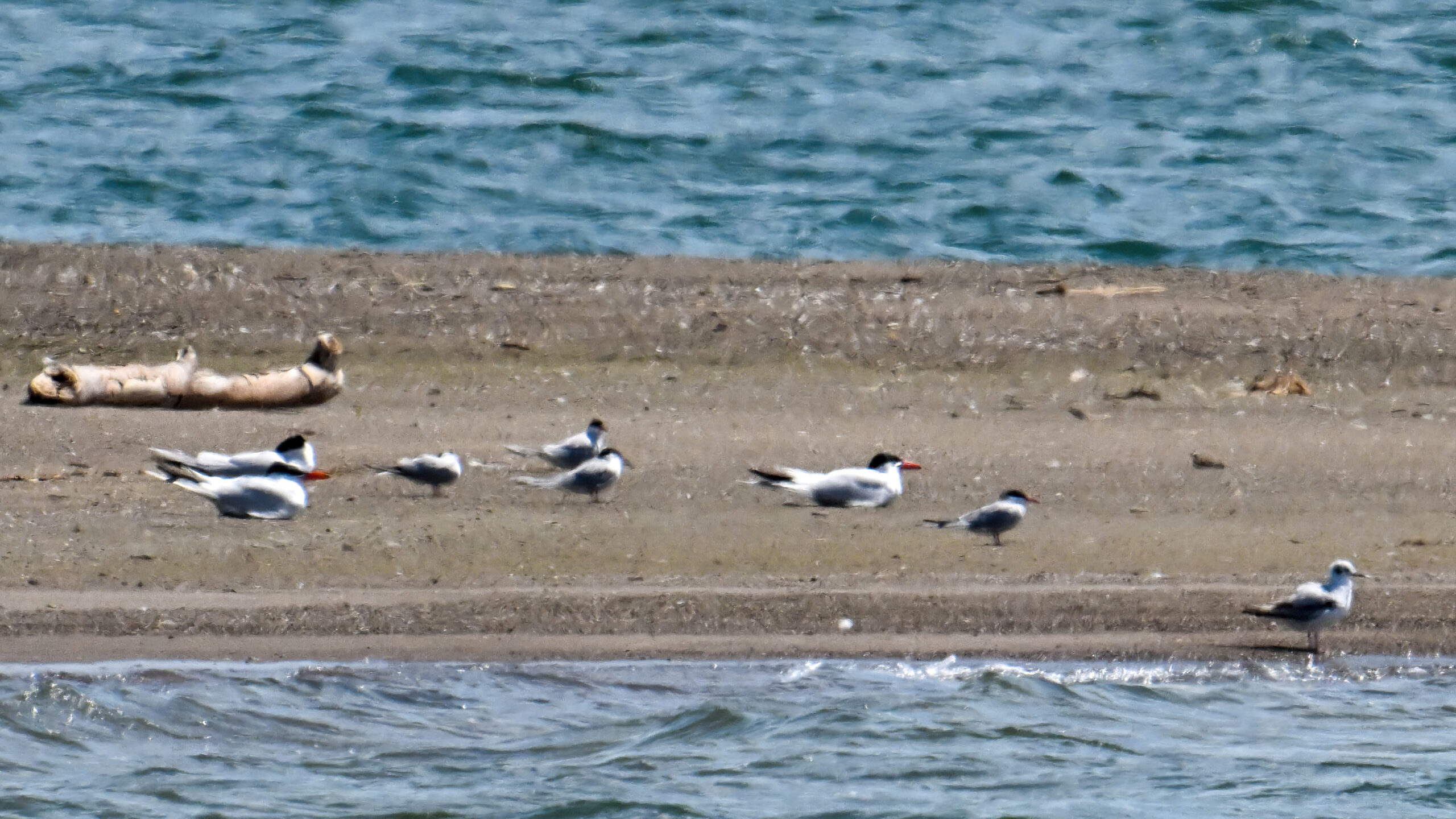
Let’s discuss this ID. Caspian Terns: relatively large, distinctive tern black cap, chunky/dagger-like red-orange bill. In the annotated shot below, Caspian Terns @ “A.” Best way to ID other tern species generally, if possible, is based on size. Note the terns at “B” – similar looking overall (black cap, pointy red or orange bill) but much smaller. Could be any of several smaller tern species, but at Presque Isle the non-rare options* would be Common Tern or Forster’s Tern. Meaning, start there for an ID analysis.
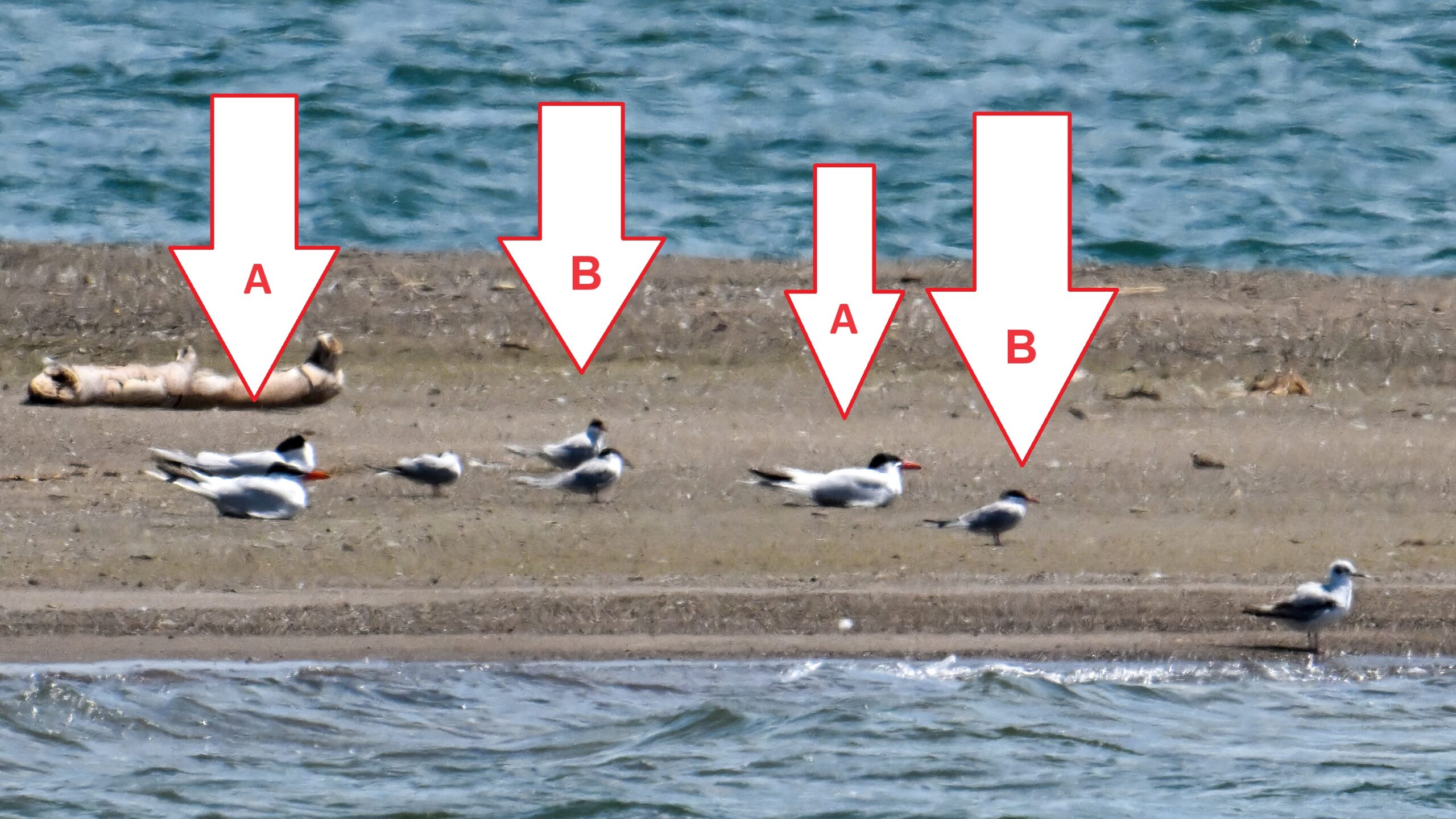
Both Common Tern and Forster’s Tern have a forked tail, so this shot is not terribly helpful:
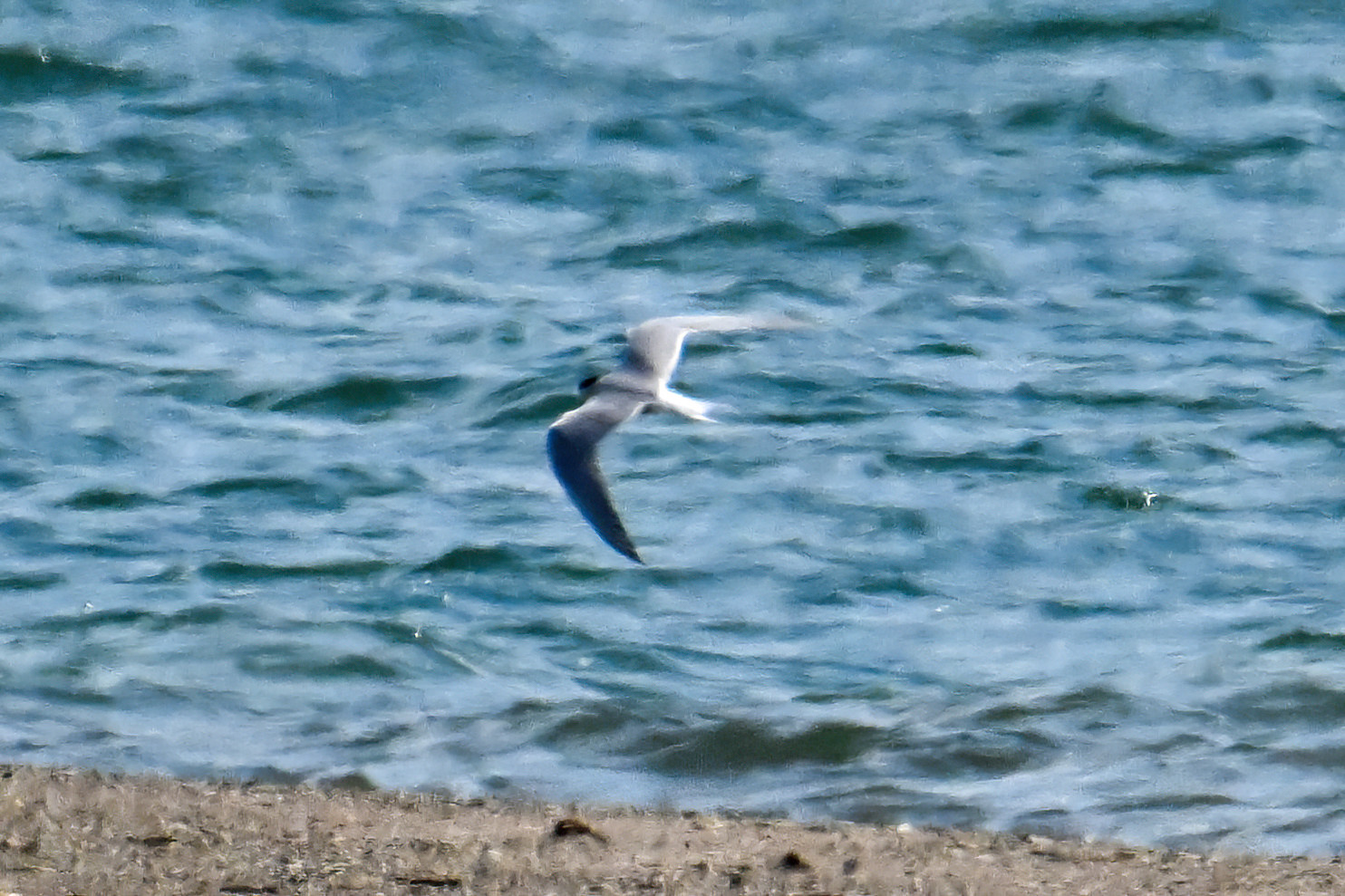
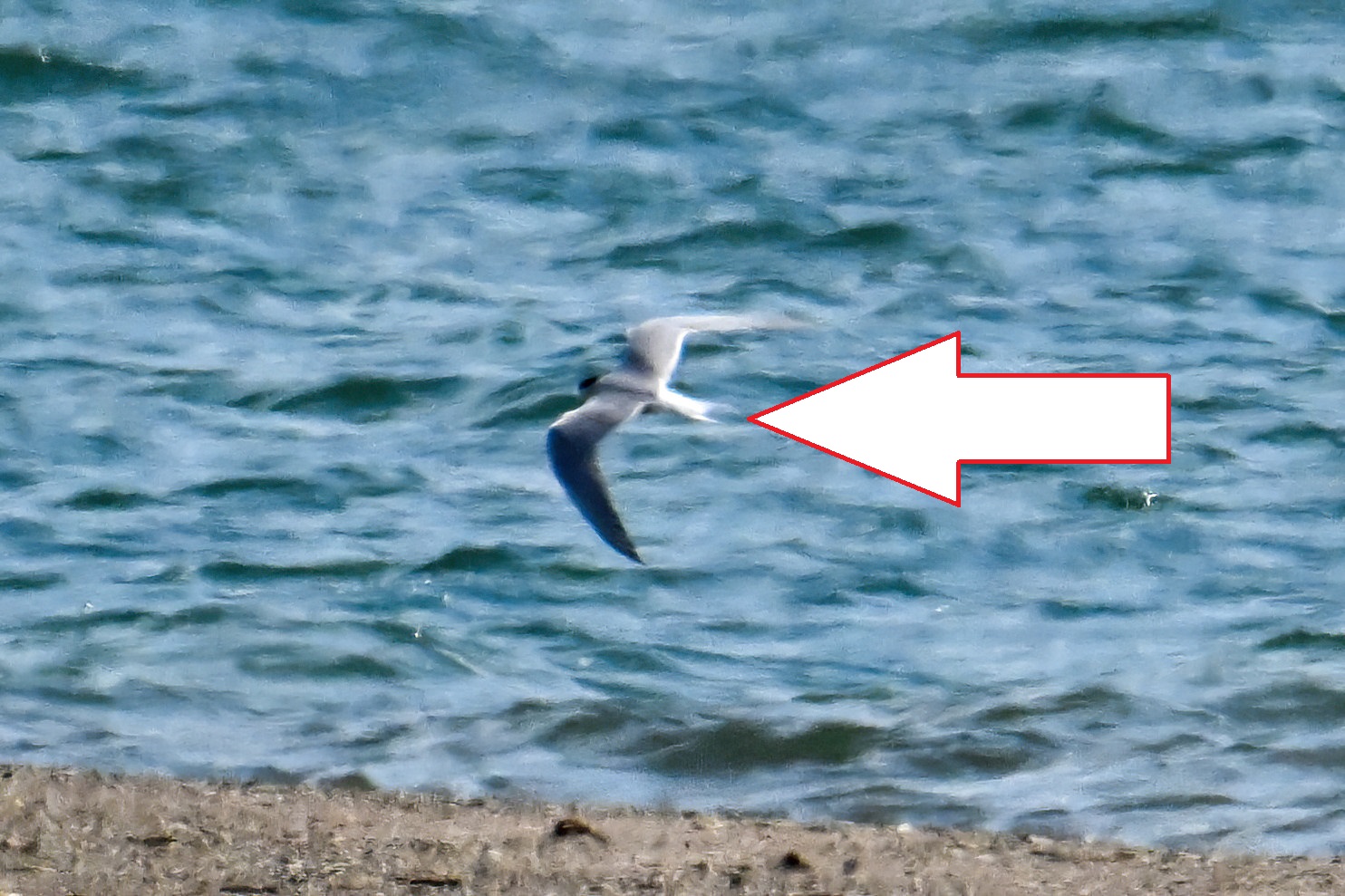
OTOH, Common Tern typically has a gray belly and a thinner, reddish, black-tipped bill, whereas Forster’s = white belly and heavier, orange-ish, black-tipped bill.
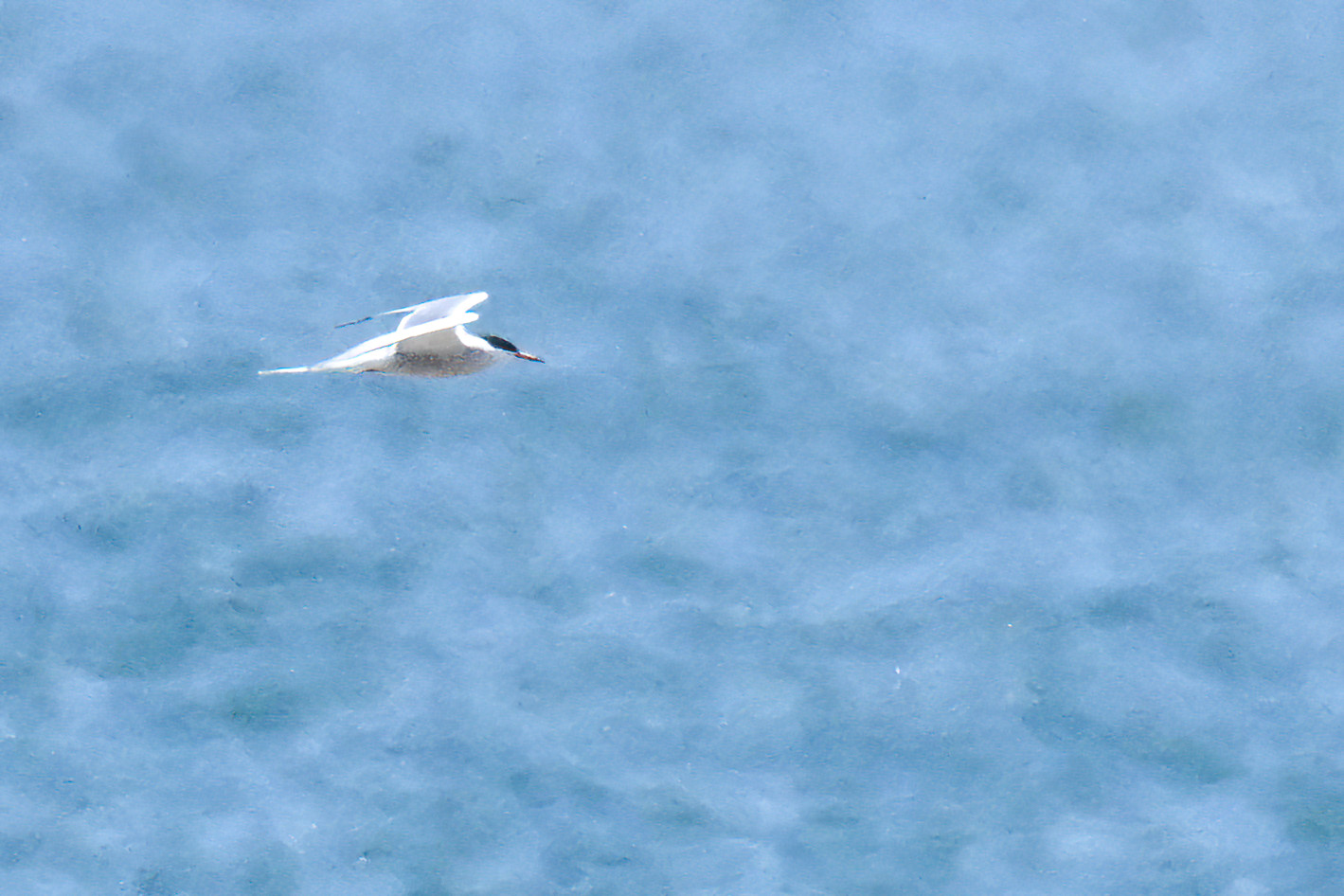
In the annotated shot below, note what appears to be a gray belly at “A.” The bill at “B” appears orange-ish, but is very thin and straight:
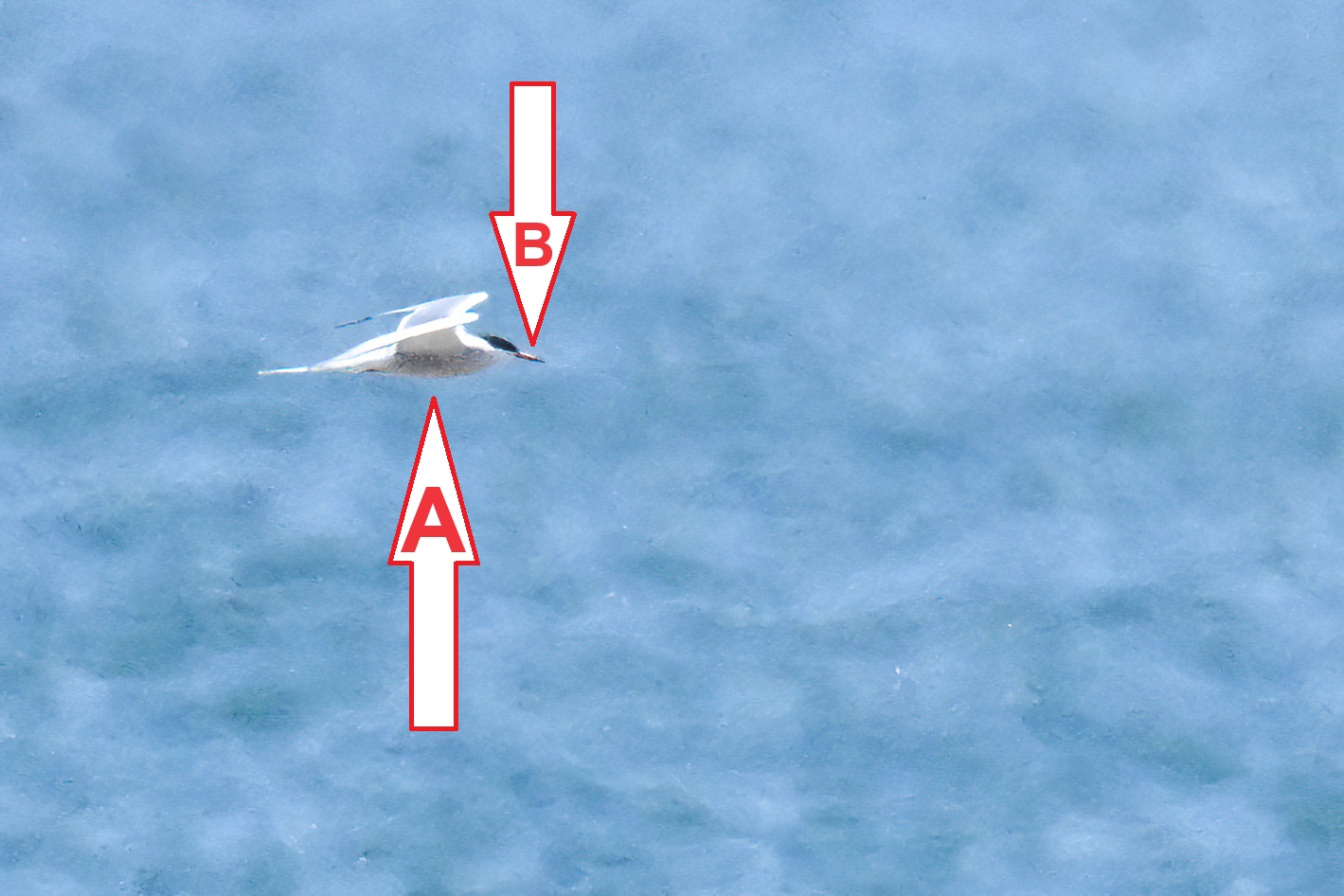
Another factor: wing colouration. Common Tern has darker gray wings outlined by black at the tips, mostly visible in flight:
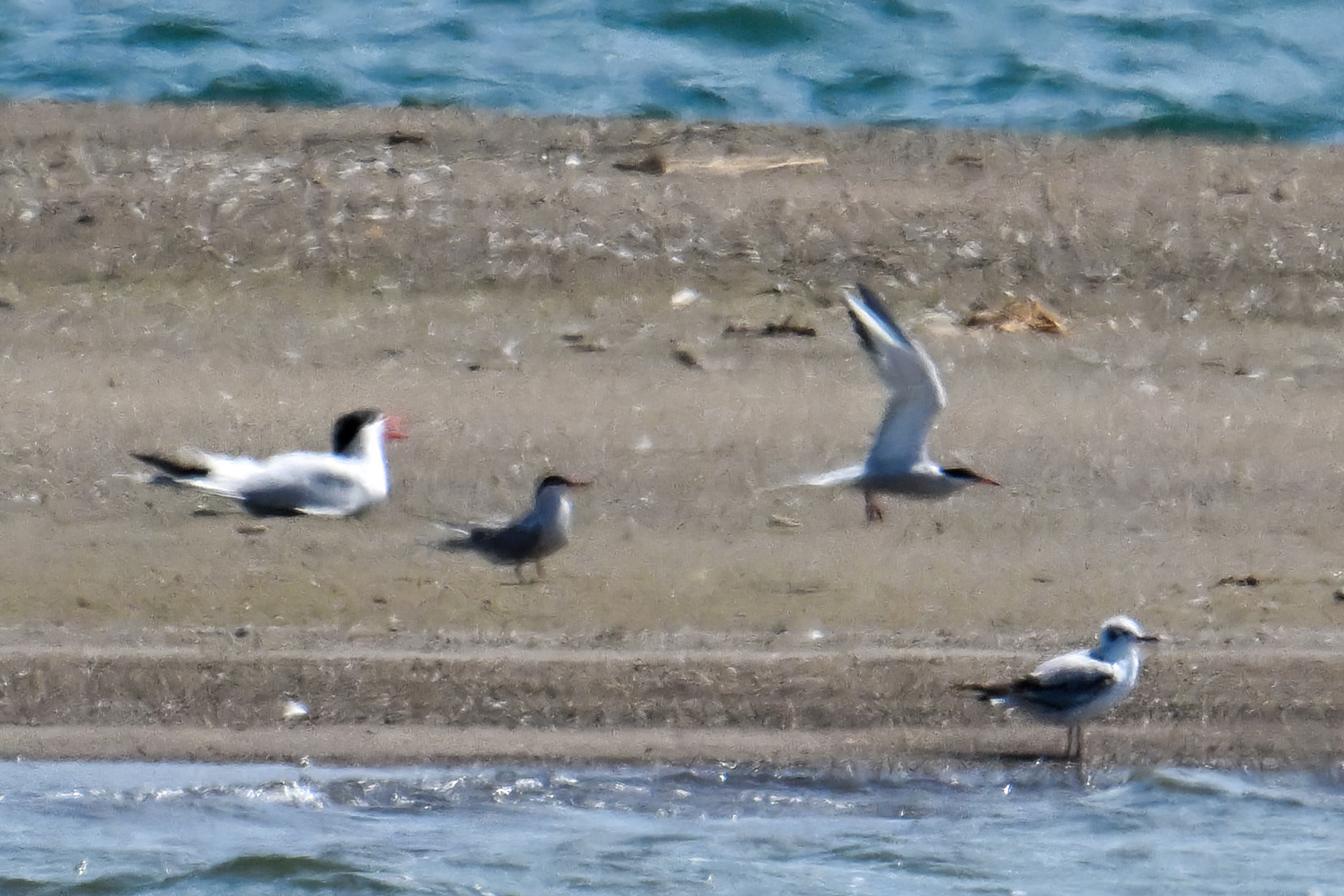
In this annotation, note the black-looking wing tip region at “A,” and again, the gray belly at “B:”
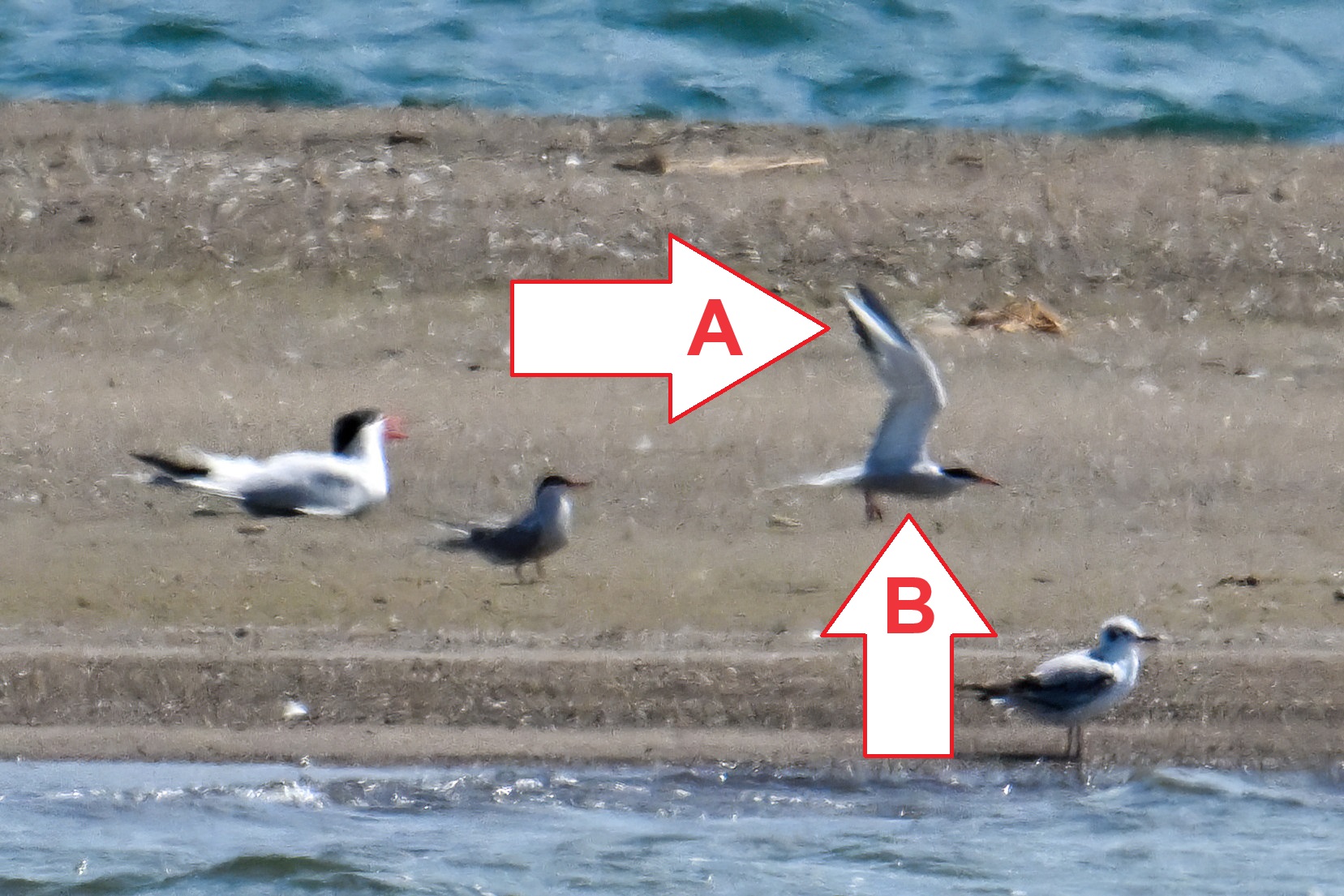
Another view of dark wing tips:
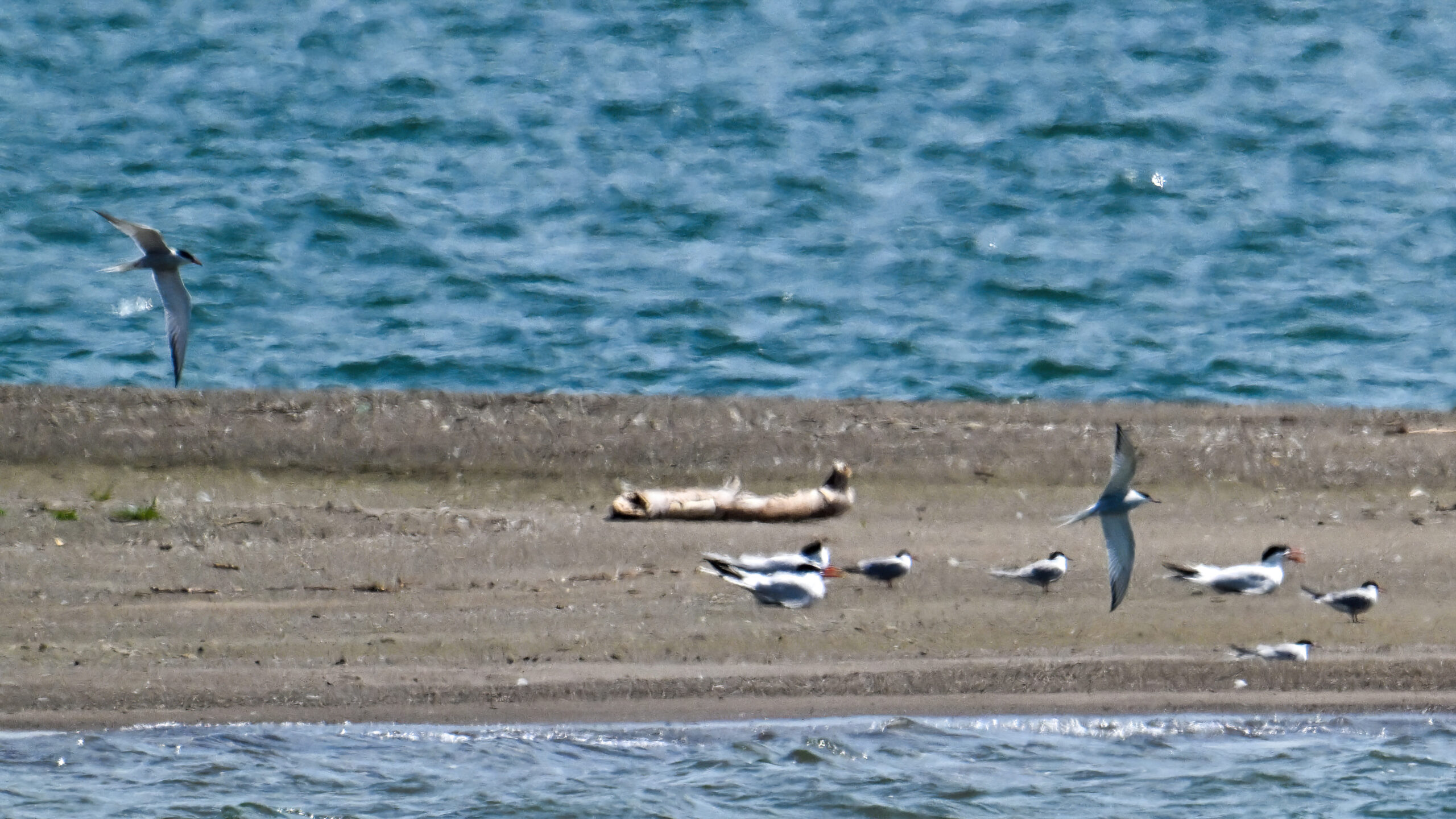
And another interesting clue, this time the bird @ lower right:
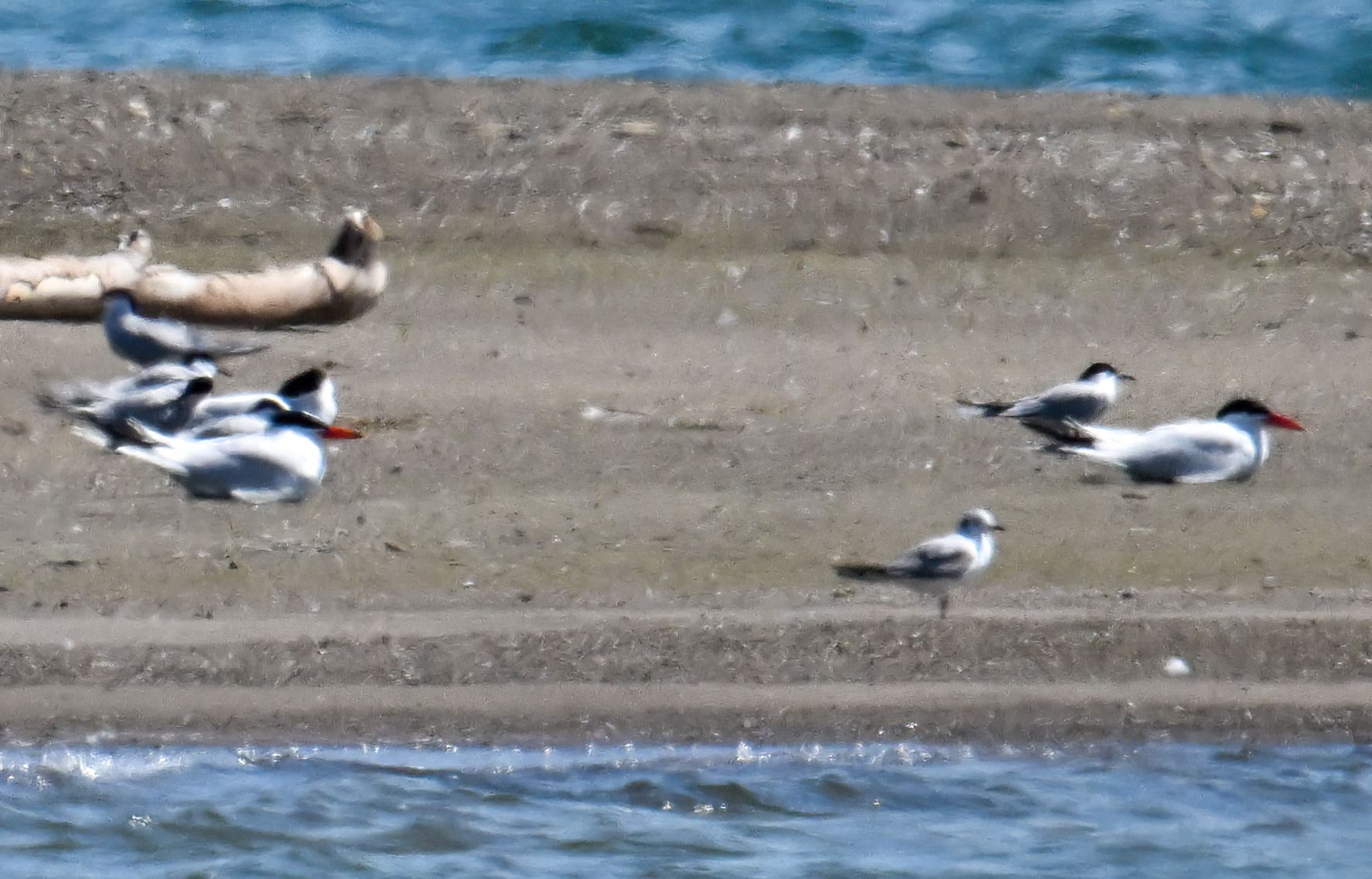
In the following annotation, note the colouration pointed to by the arrow. As per the experts, “Immatures and nonbreeding adults have a distinctive black bar on the leading edge of the wing, known as a carpal bar.”
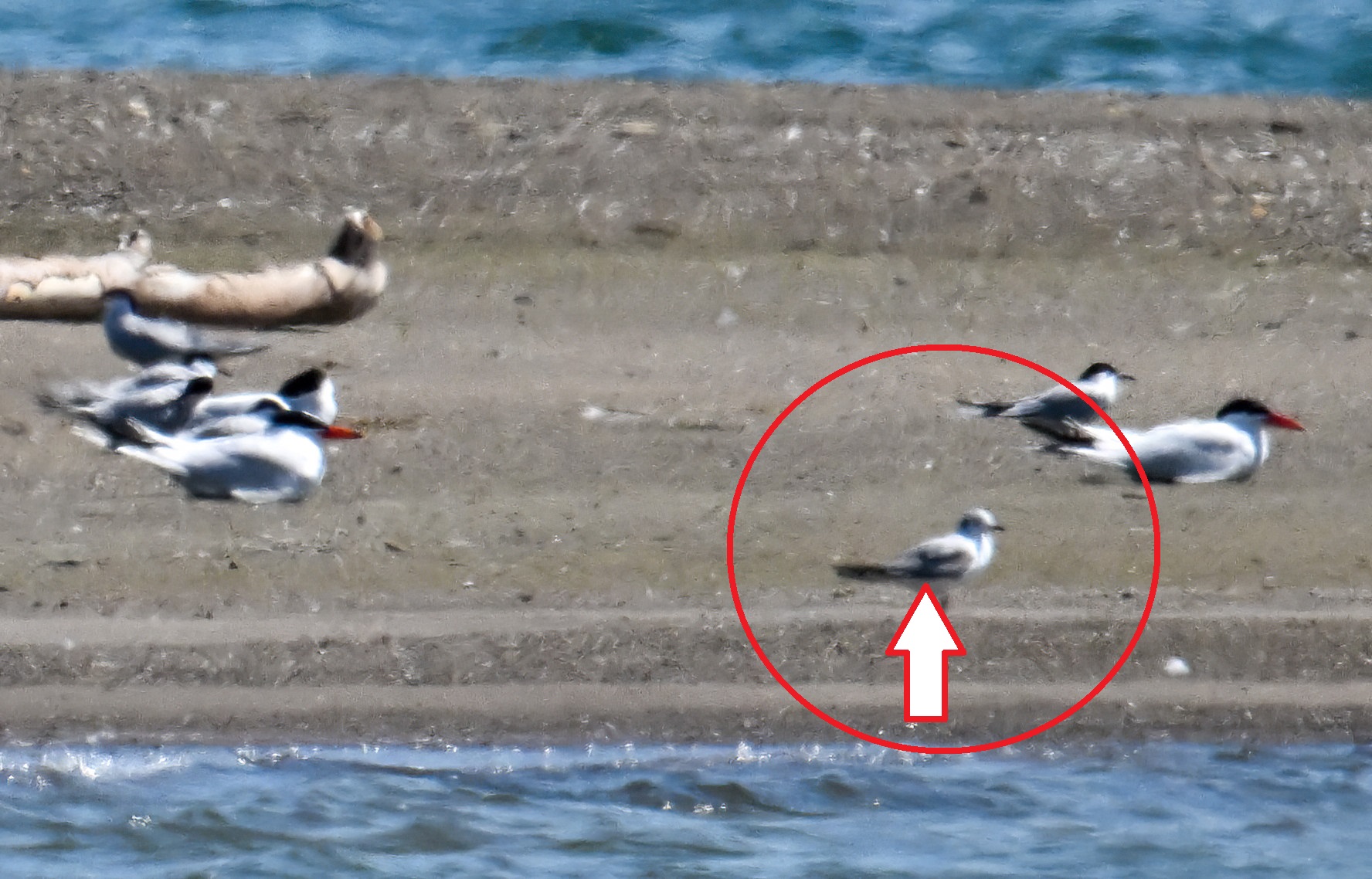
So, very possibly an immature Common Tern. Another view:
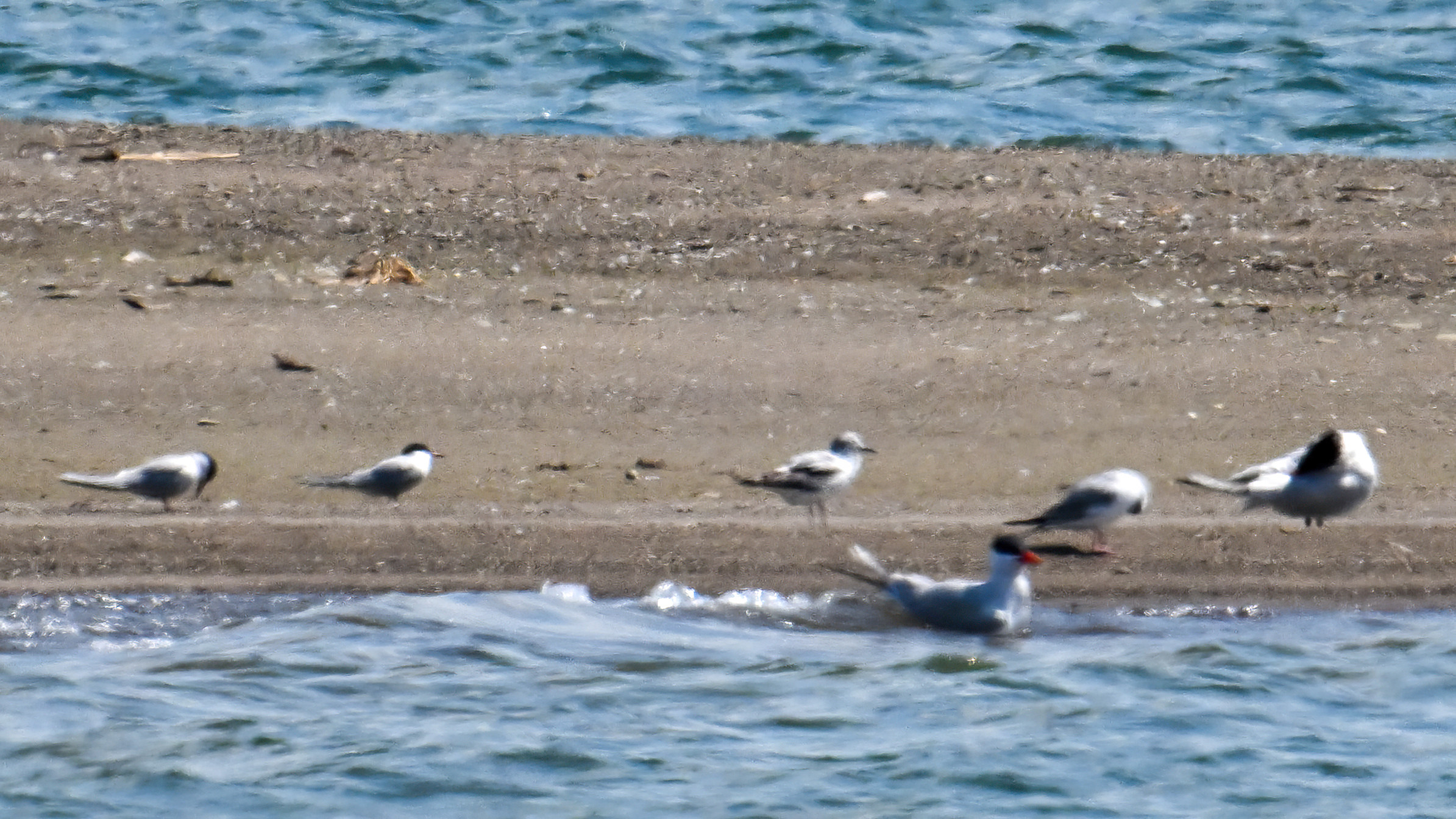
In conclusion, small size, consistent bill, gray belly, dark wing tip regions, + possible juvenile = positive ID for Common Tern!
Moving on, a much easier ID of a blurry but still cute adult Piping Plover:
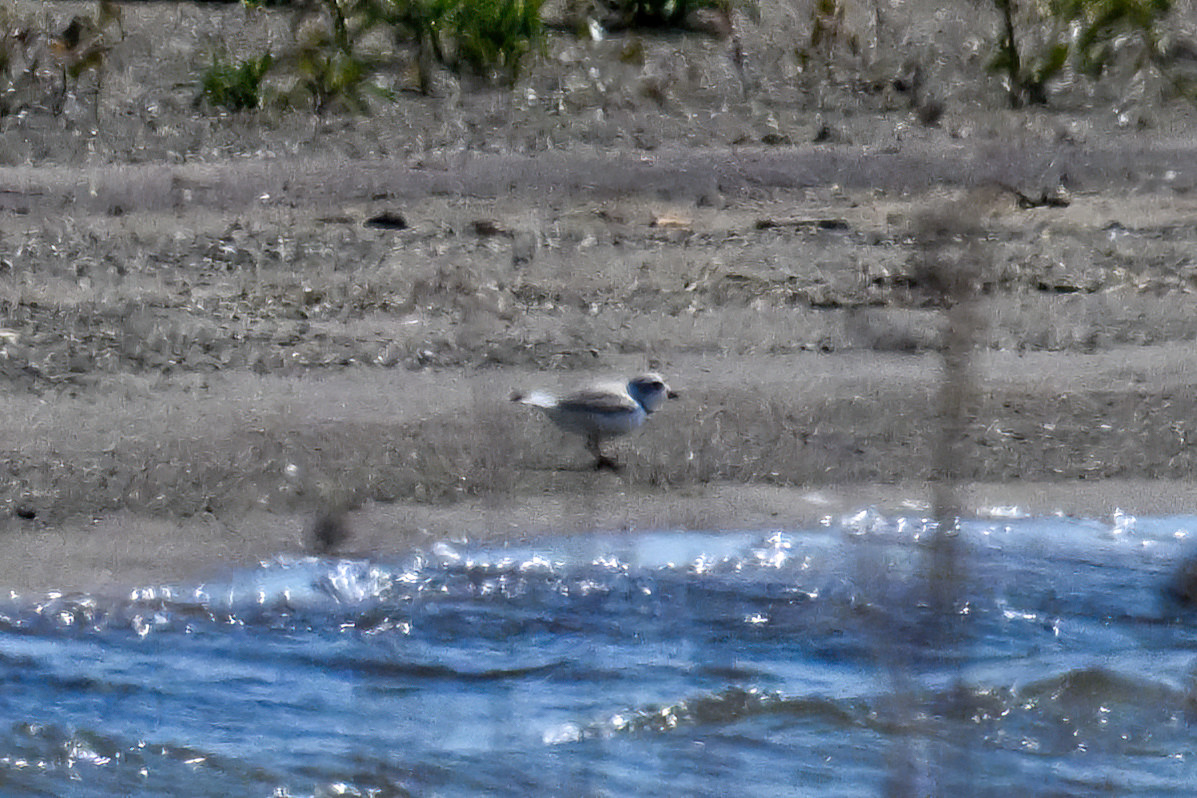
Note the single narrow breast band, thin black head band, and overall relatively light face/head colouration:
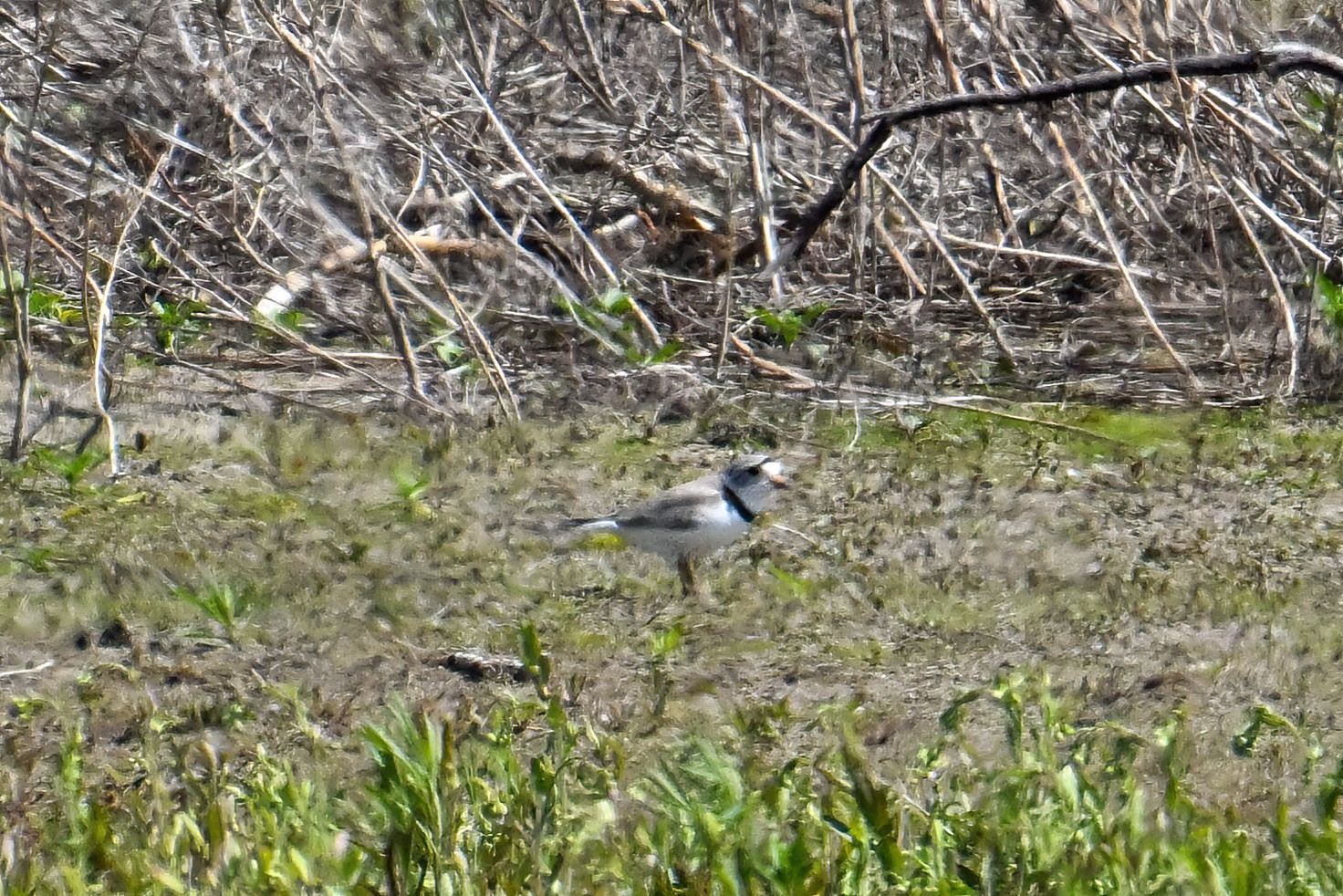
Semipalmated Plover (the next likeliest species at this location) would be overall larger, overall darker, & with a much darker overall face/head.
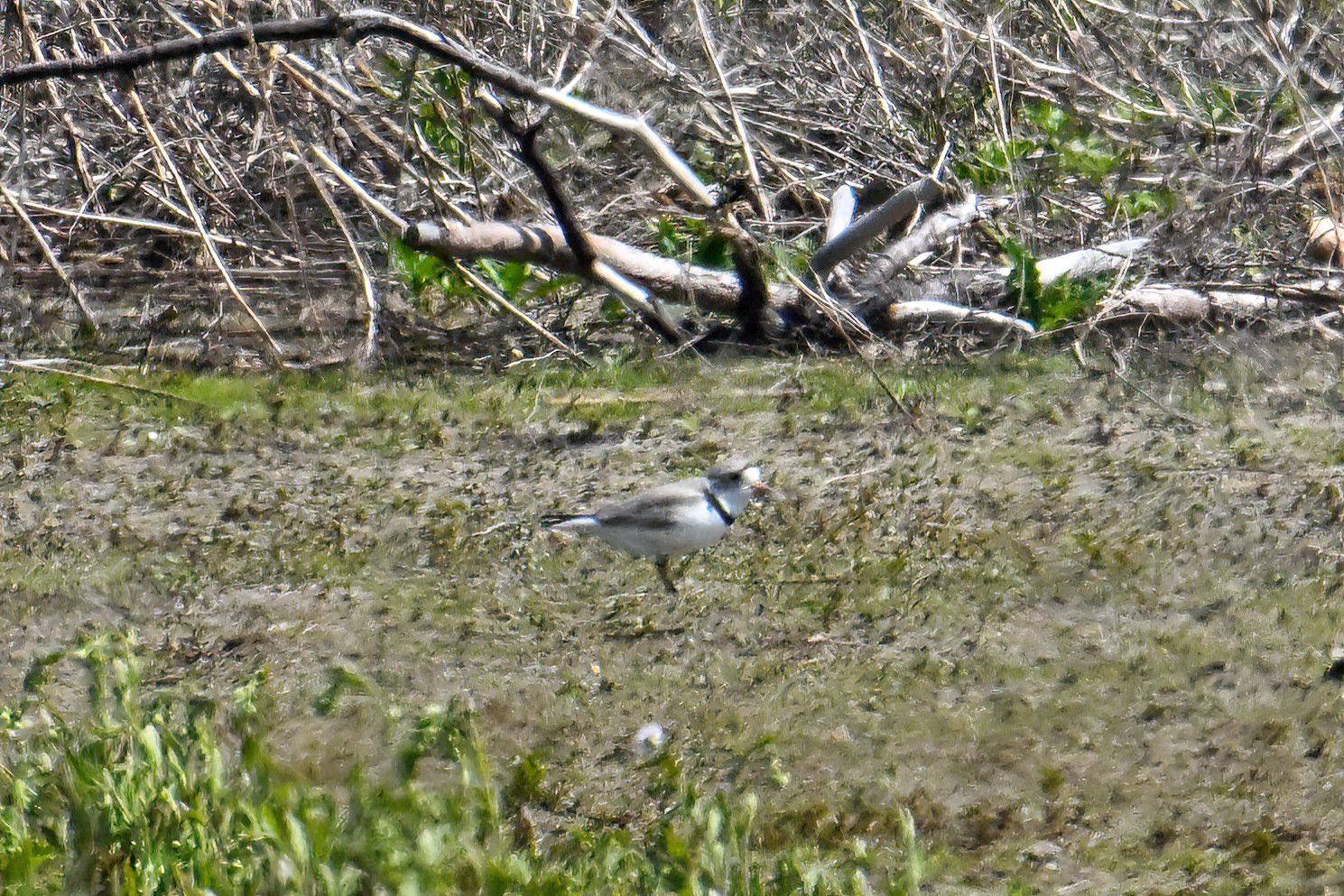
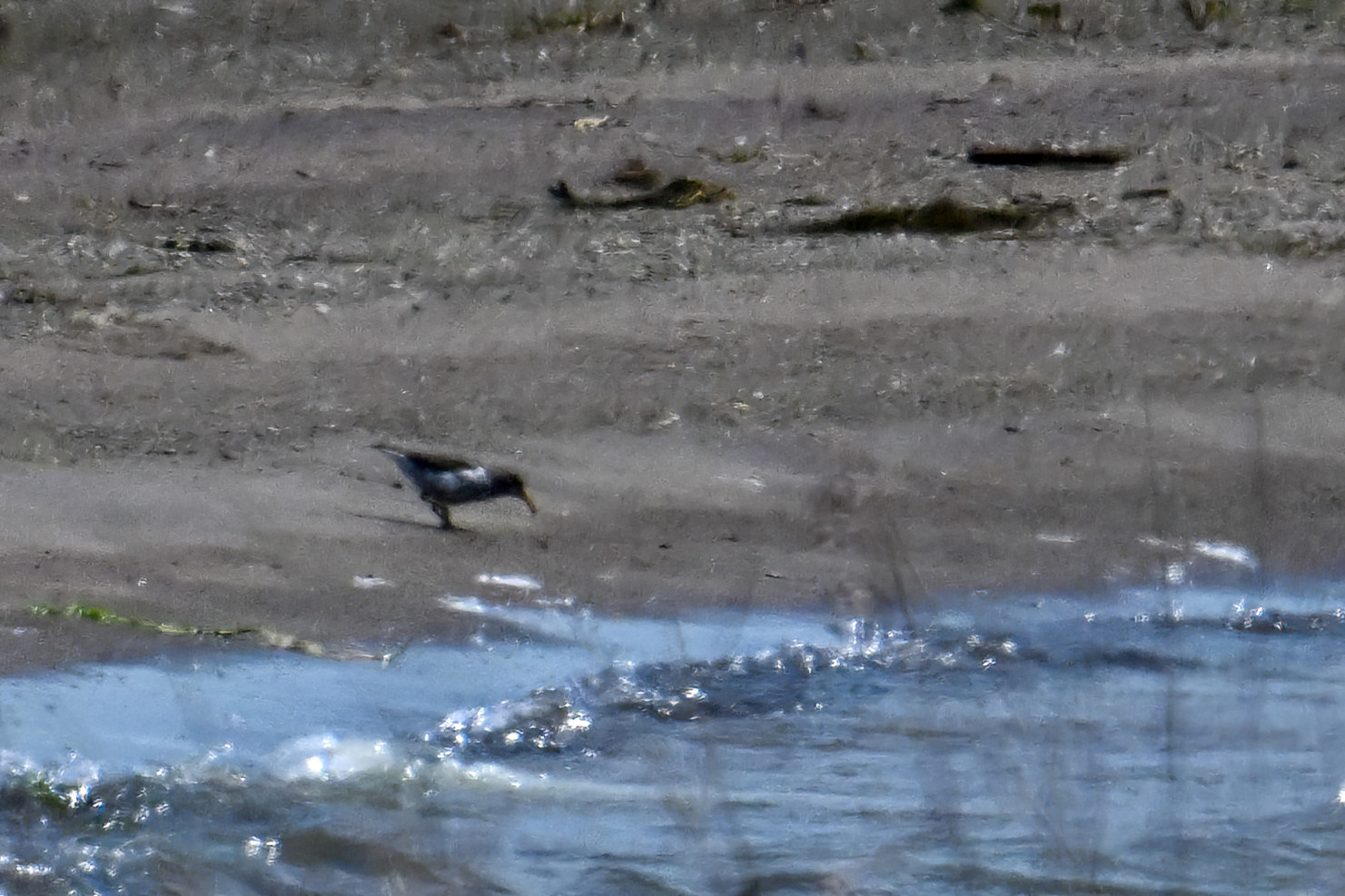
Another easier ID, it’s a blurry but great Black-bellied Plover:
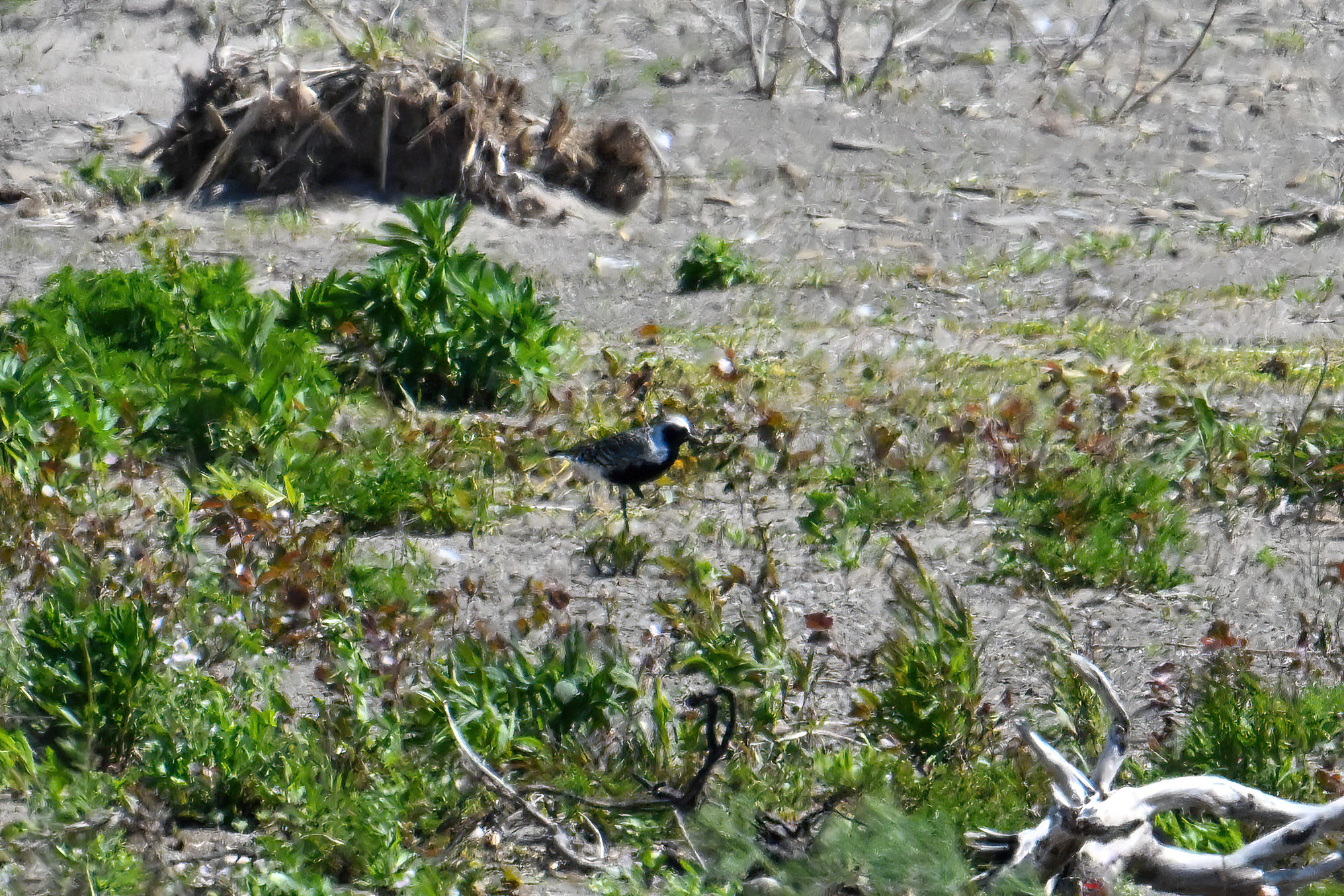
Factors for this ID: relatively large, + black belly, + lacks the black top-of-head patch of an American Golden-Plover (which would be rare for this location/time anyway).
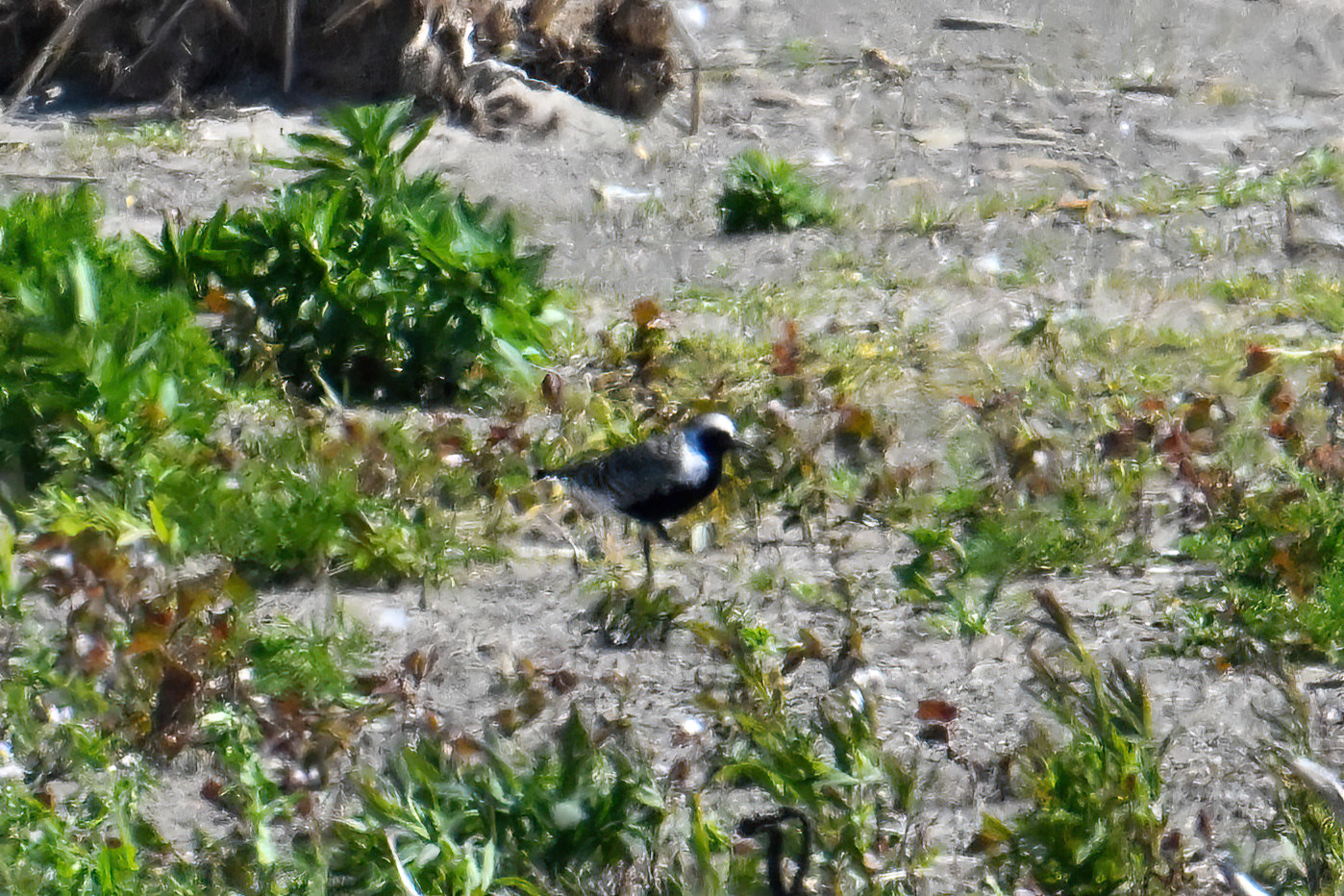
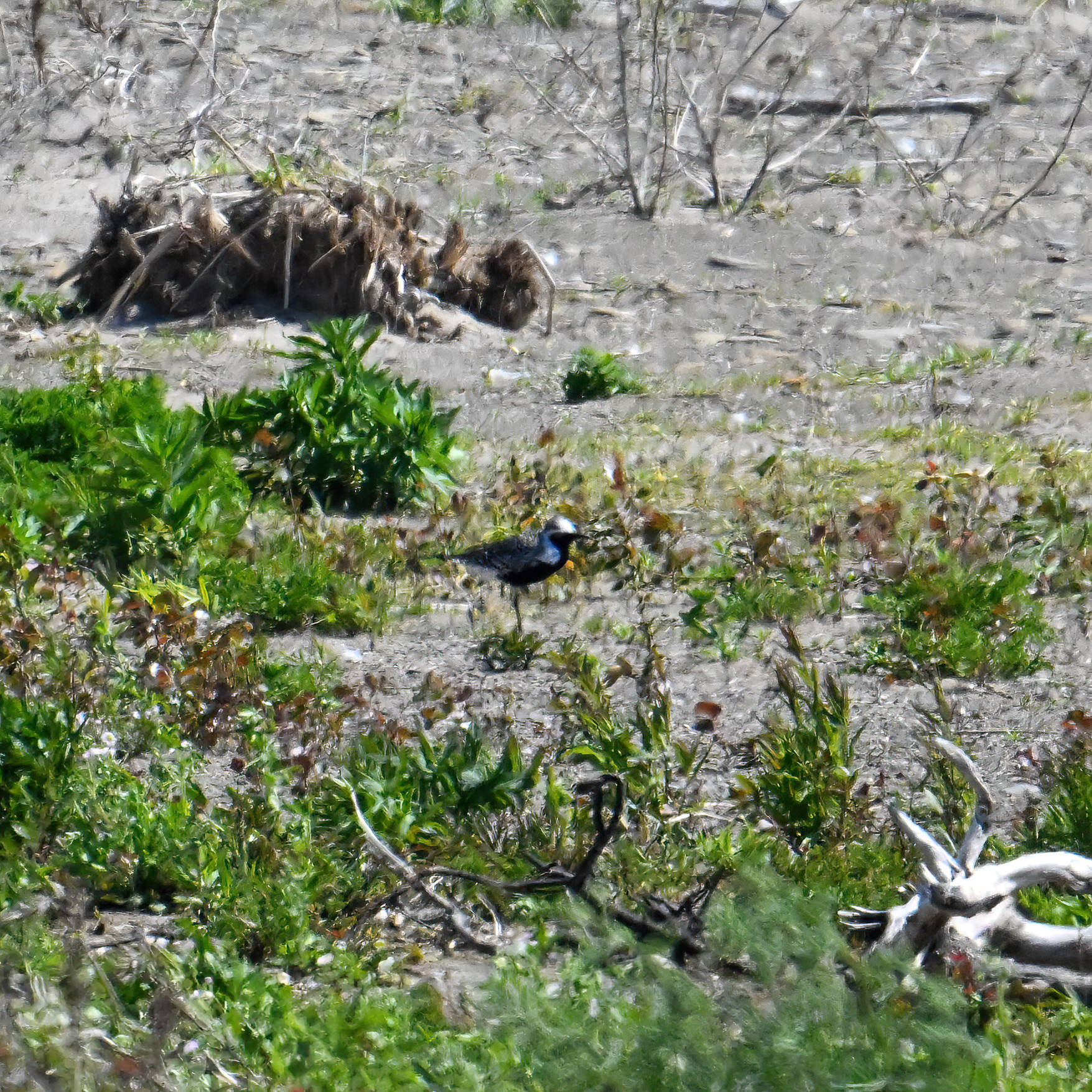
Enough long-distance, time for some ‘bonus’ not-as-blurry birds:
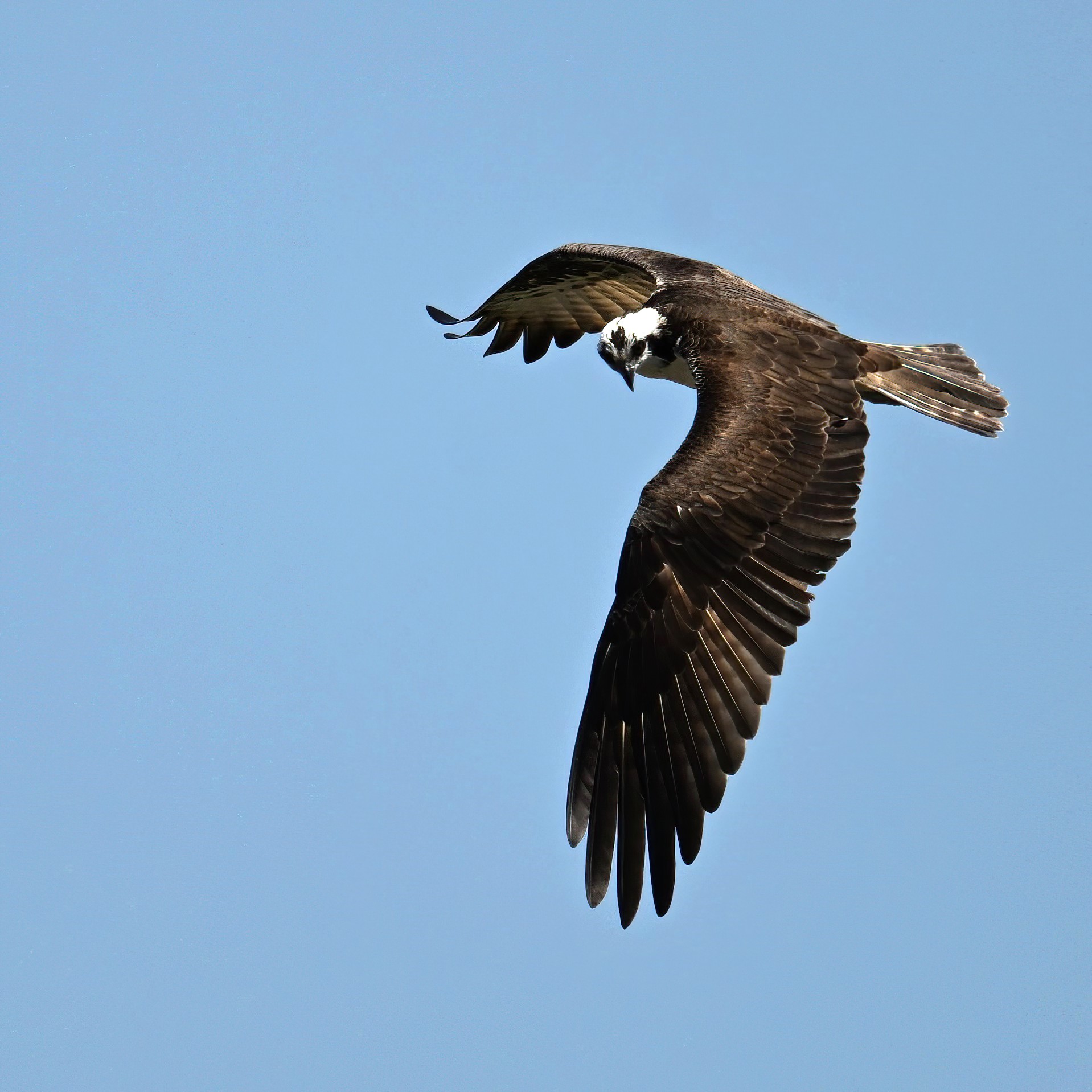
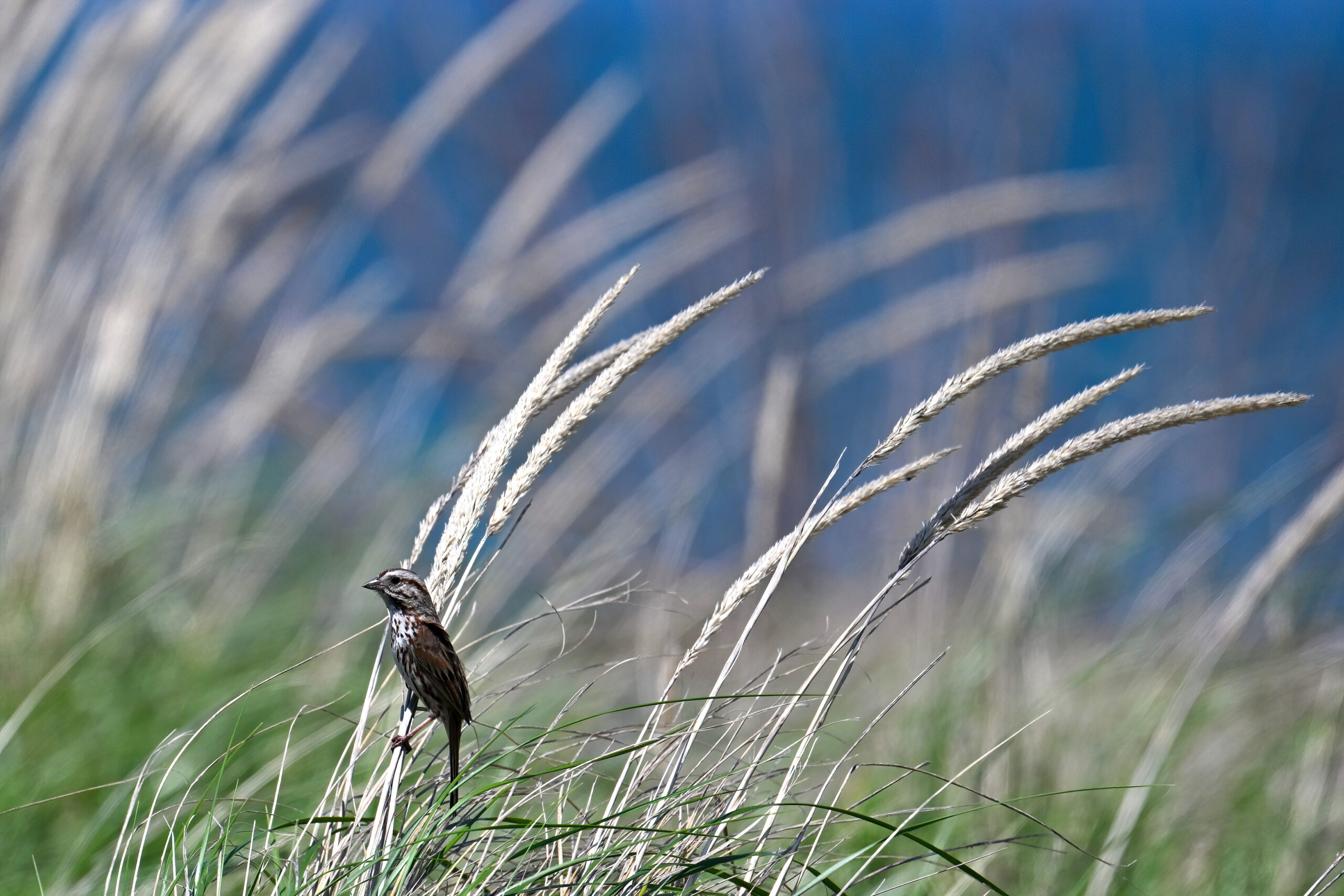
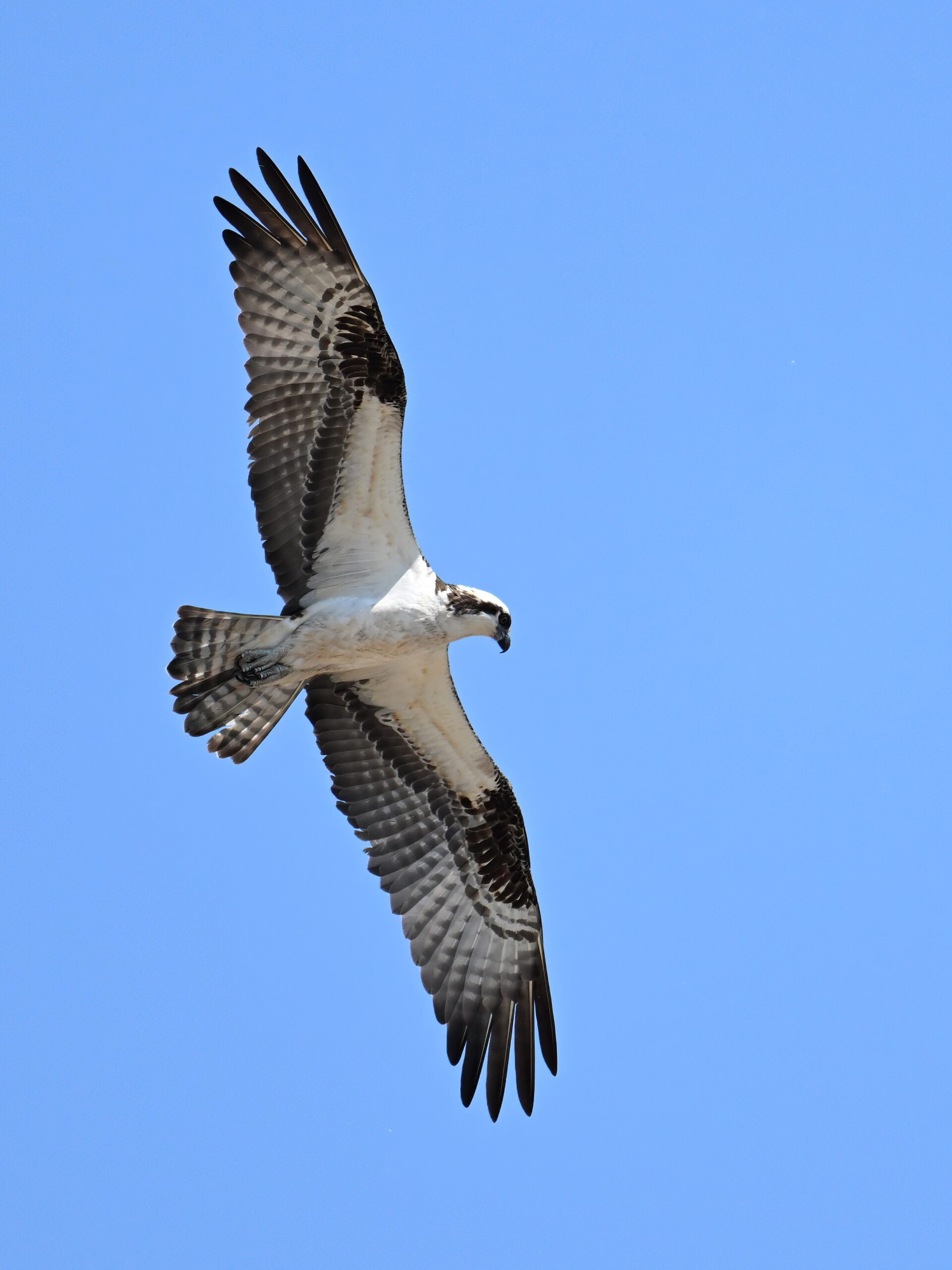
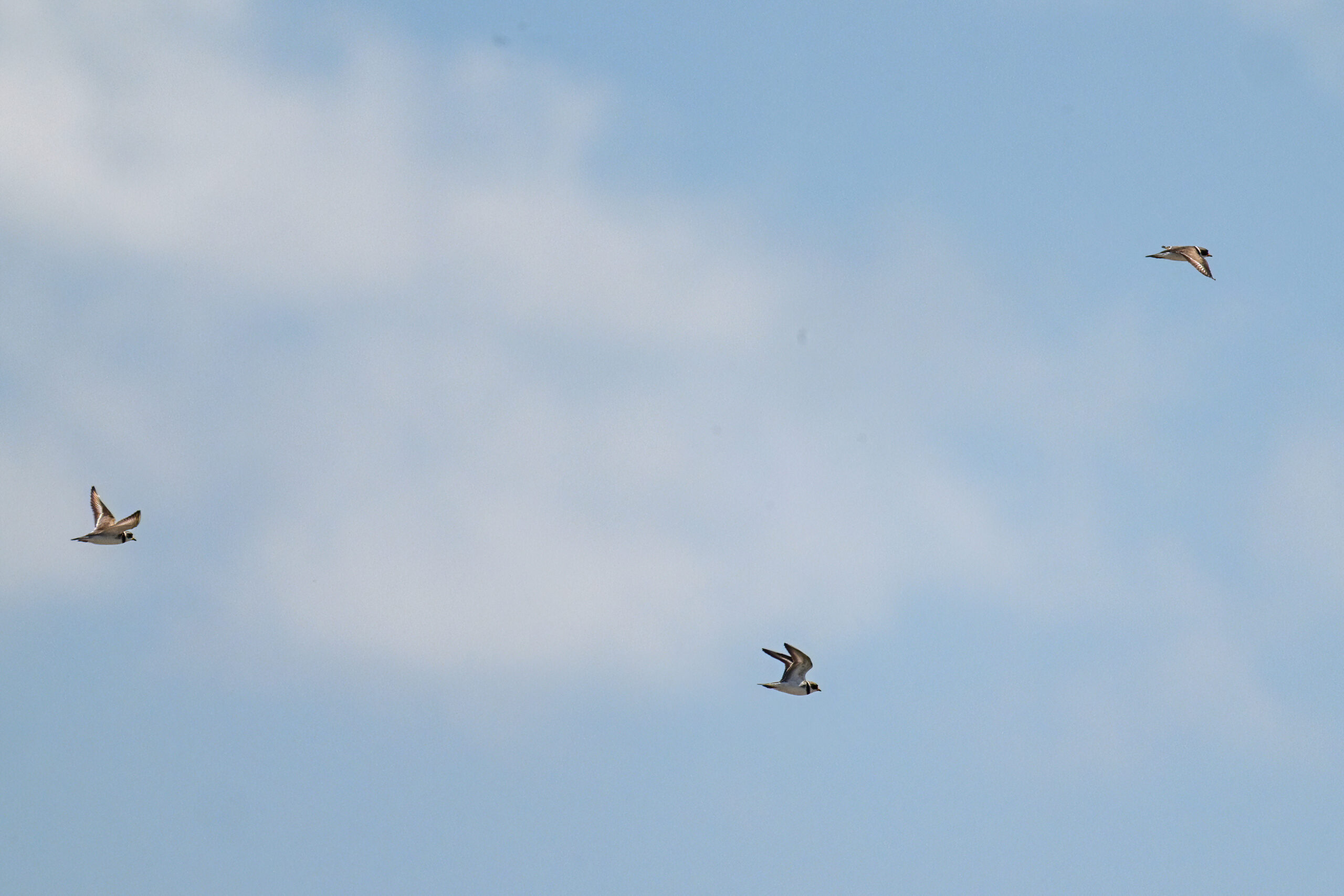
And as if this post isn’t long enough already, a great sequence of American Kestrel @ flying & landing:
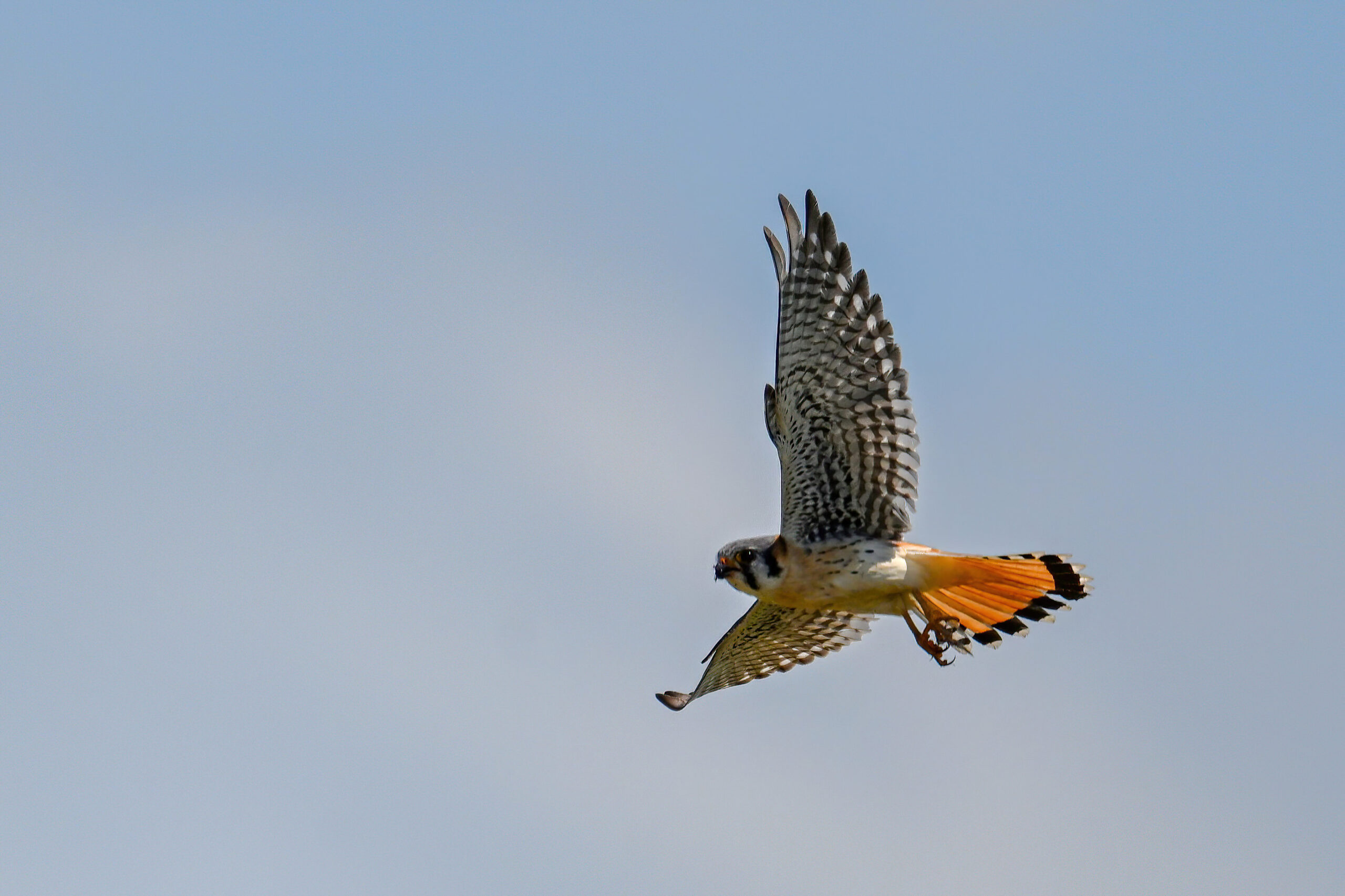
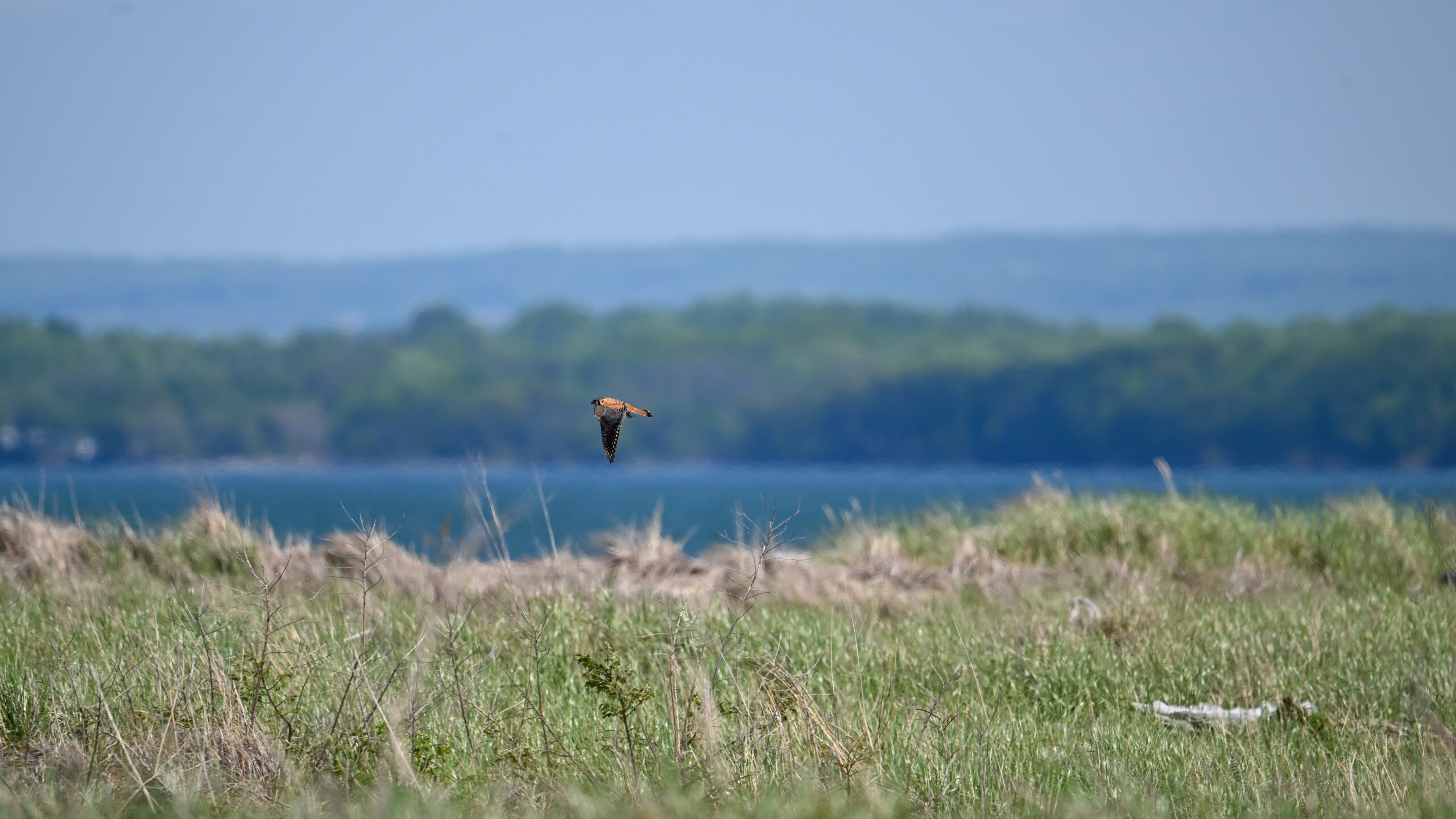
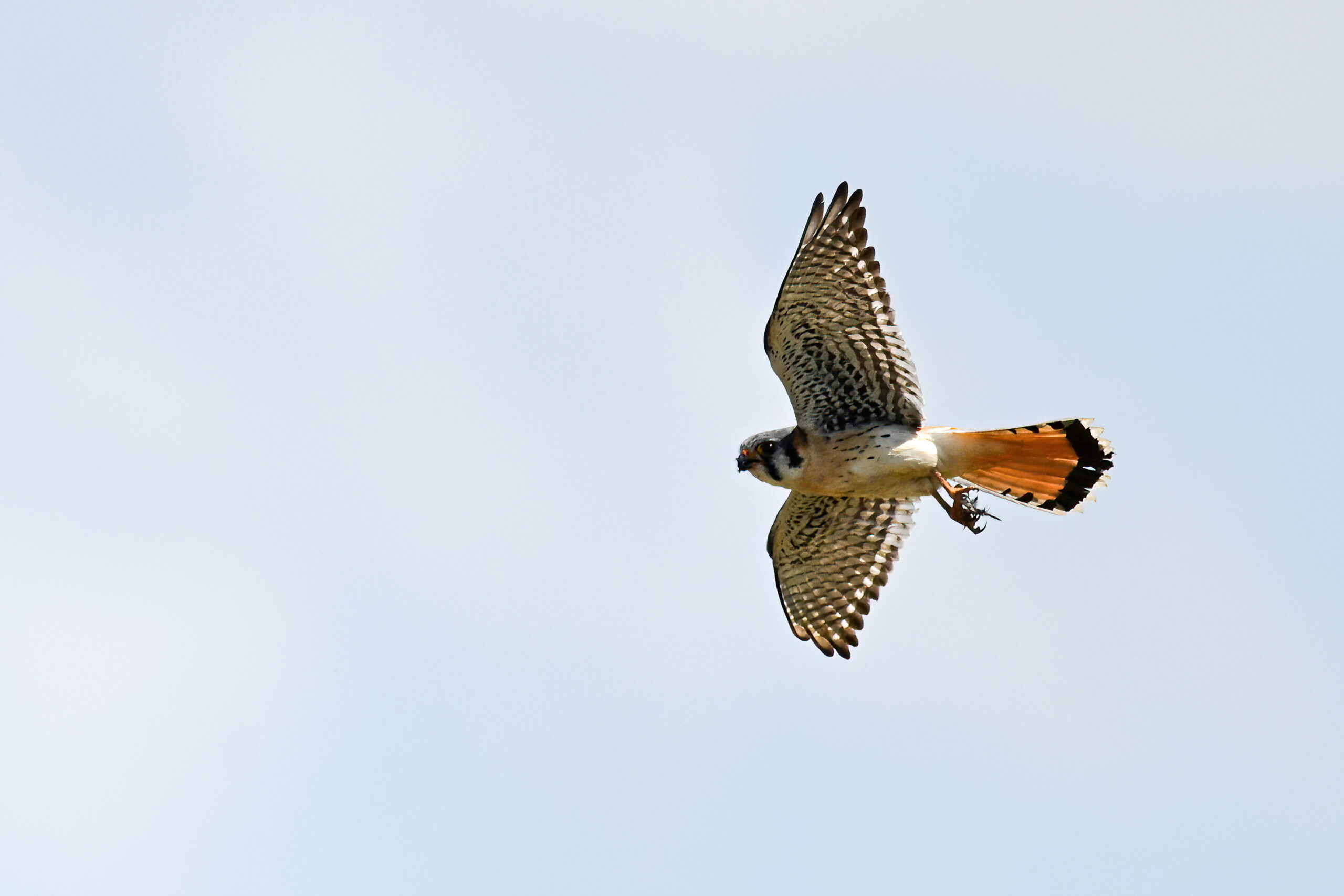
This is one of the several Gull Point outwards-facing “Don’t moor within 100 yards of shore” (or something like that) warning signs for boaters, reflecting the protected nesting season status:
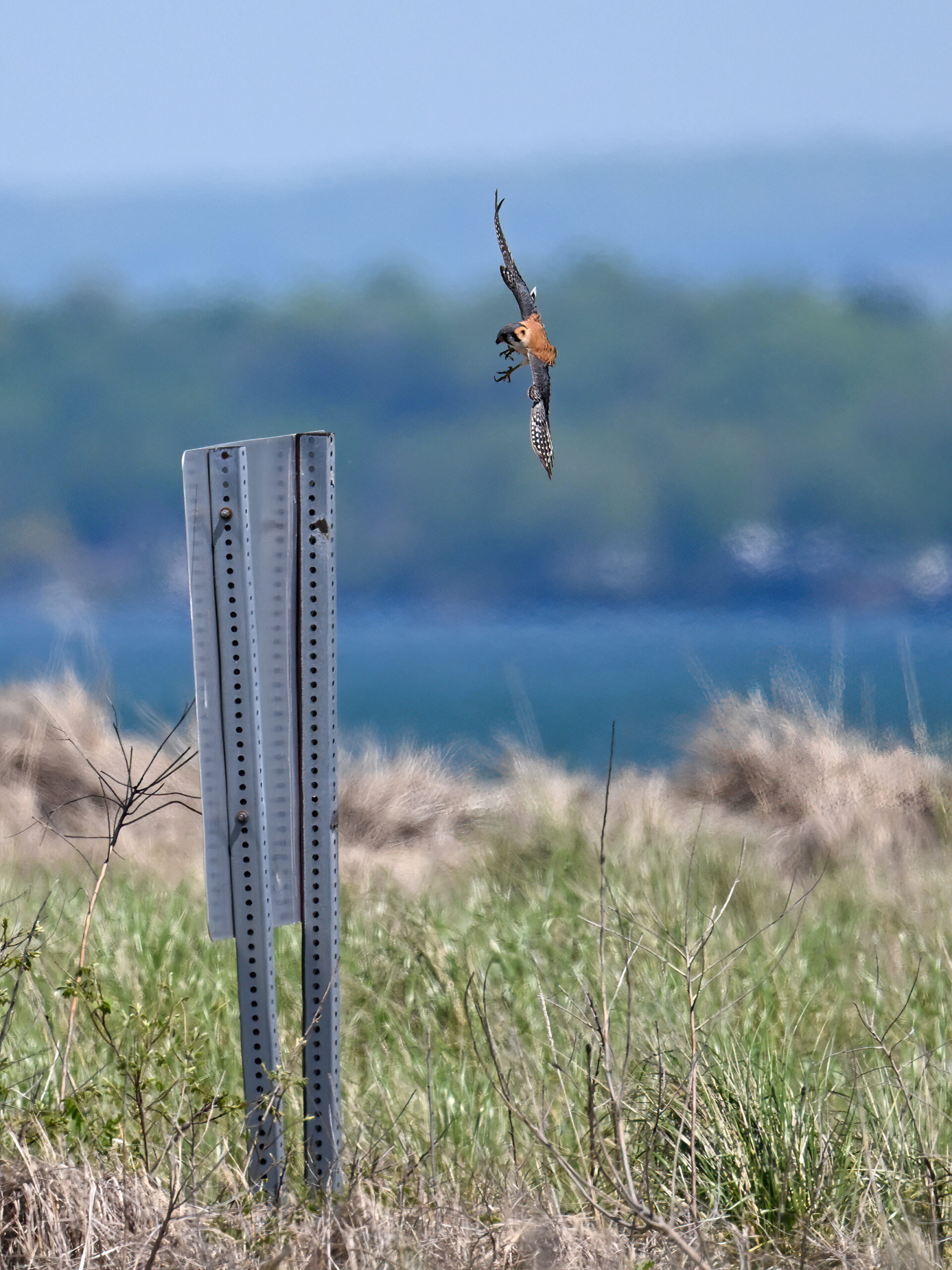
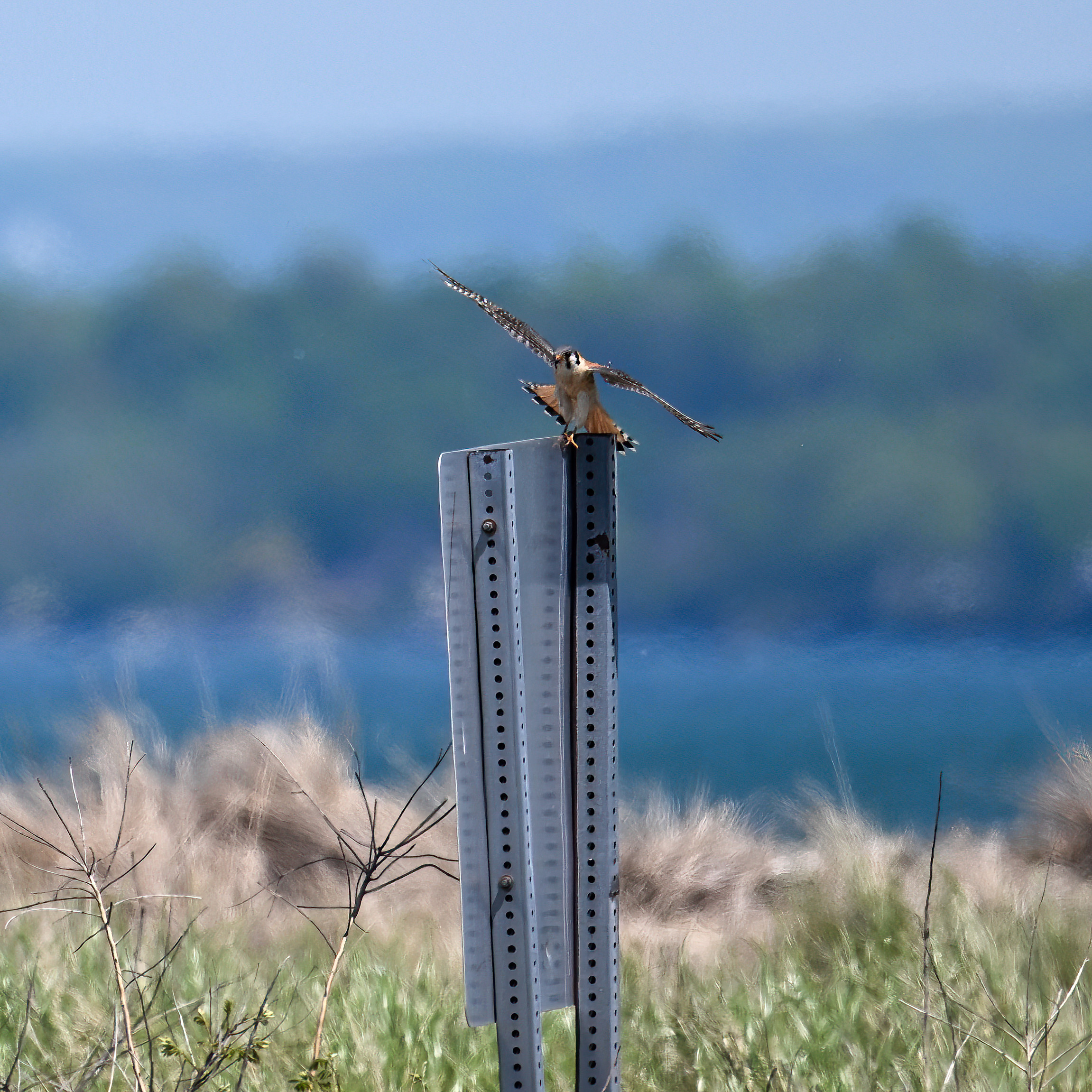
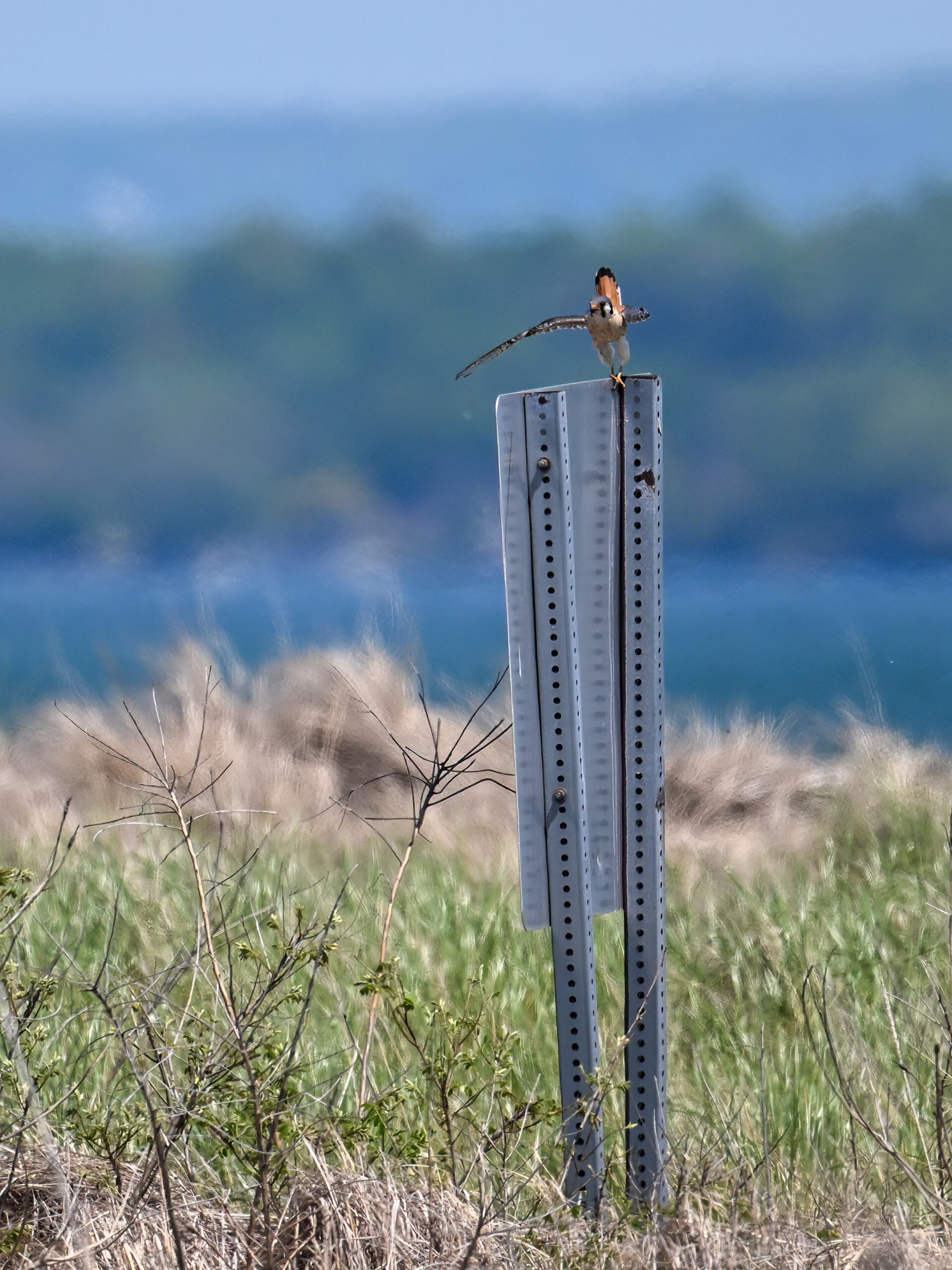
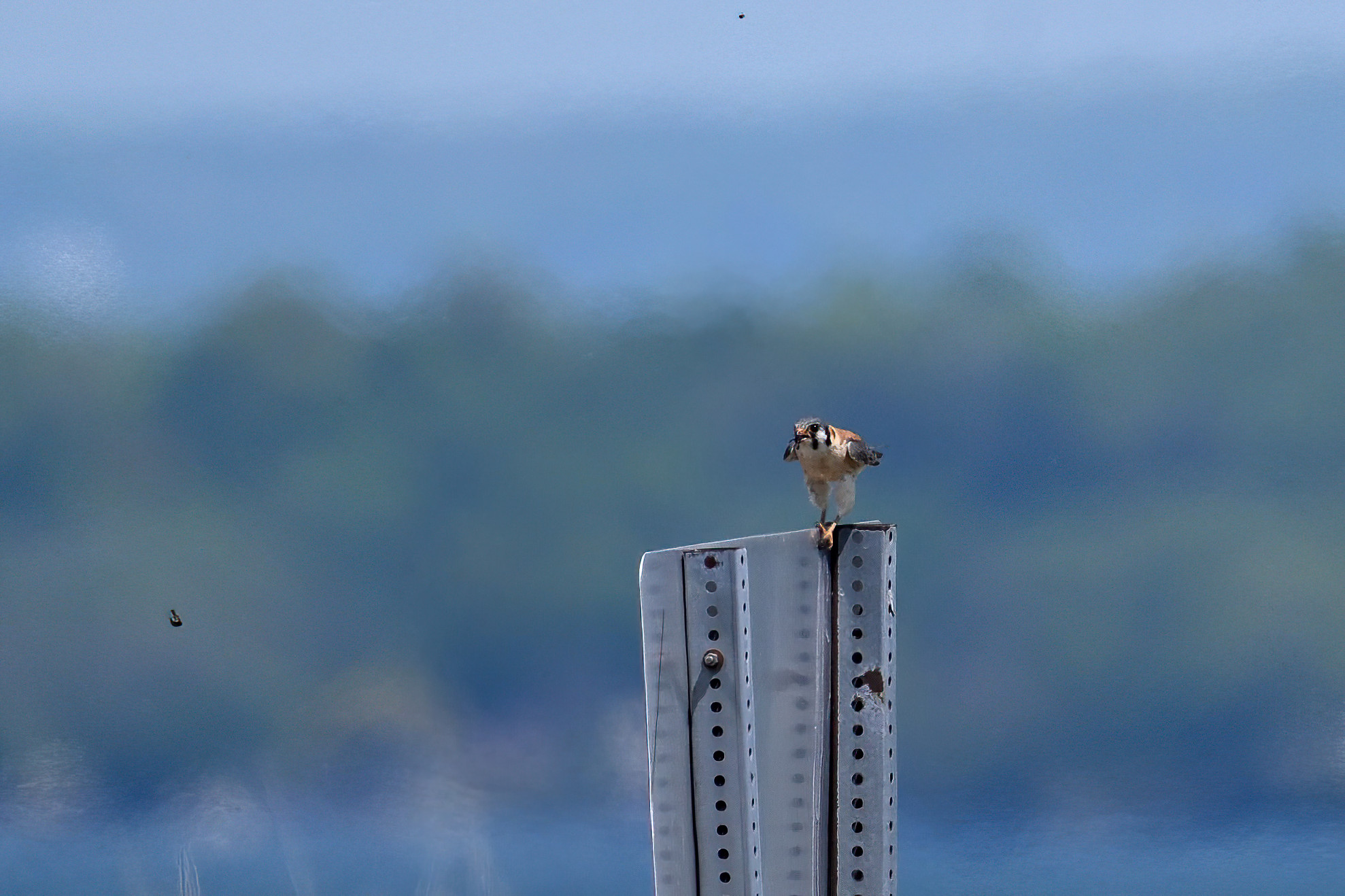
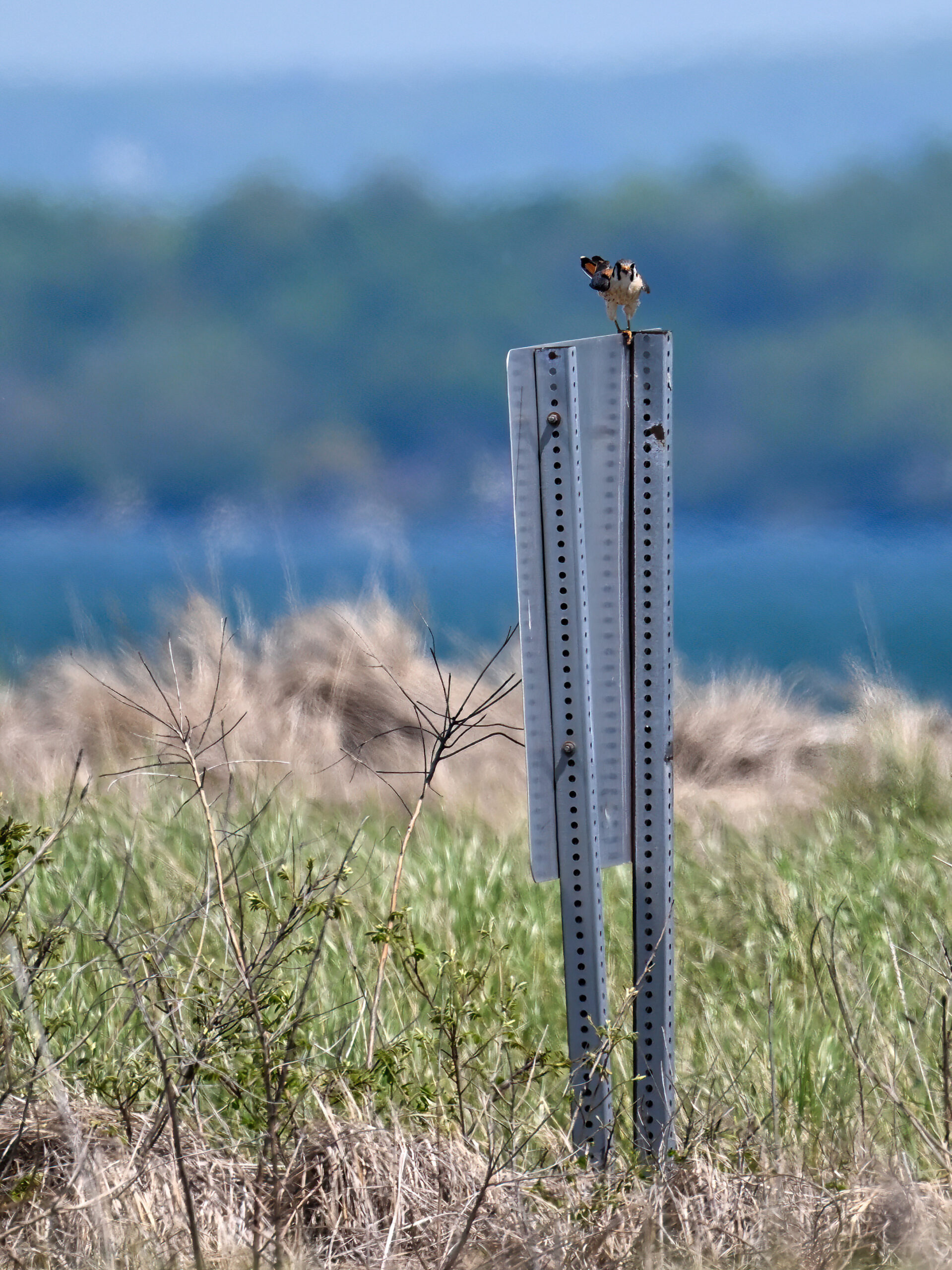
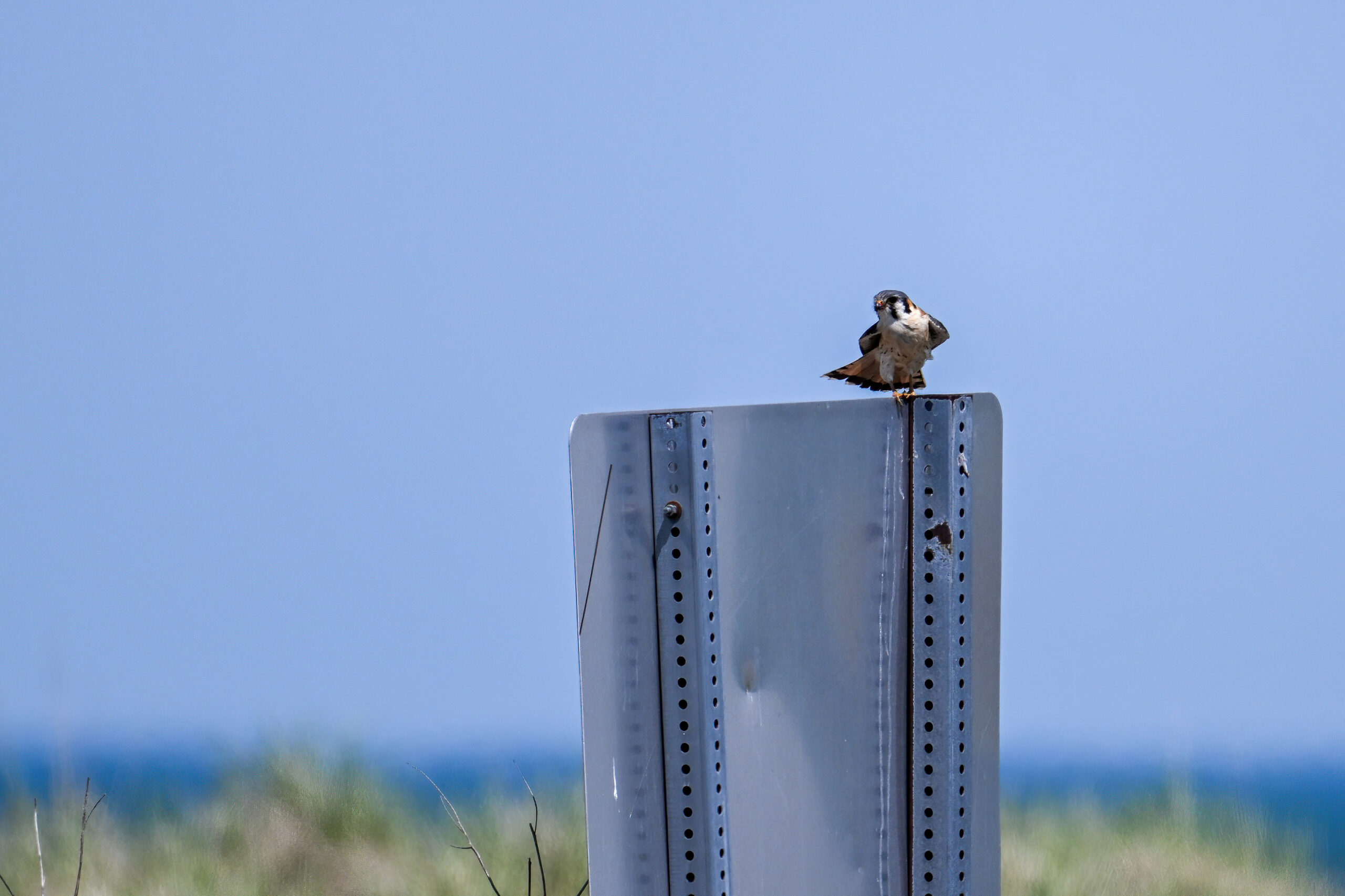
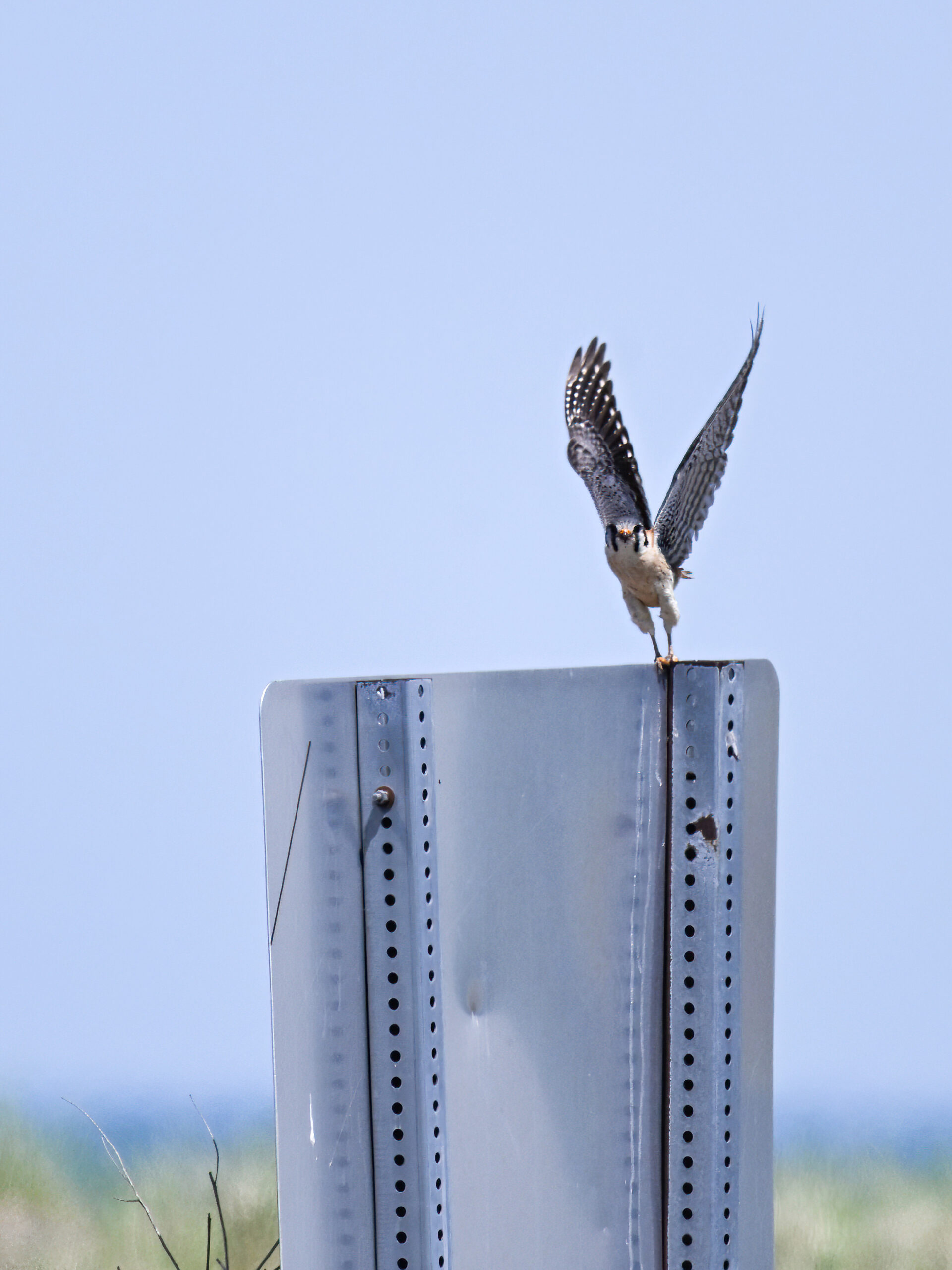
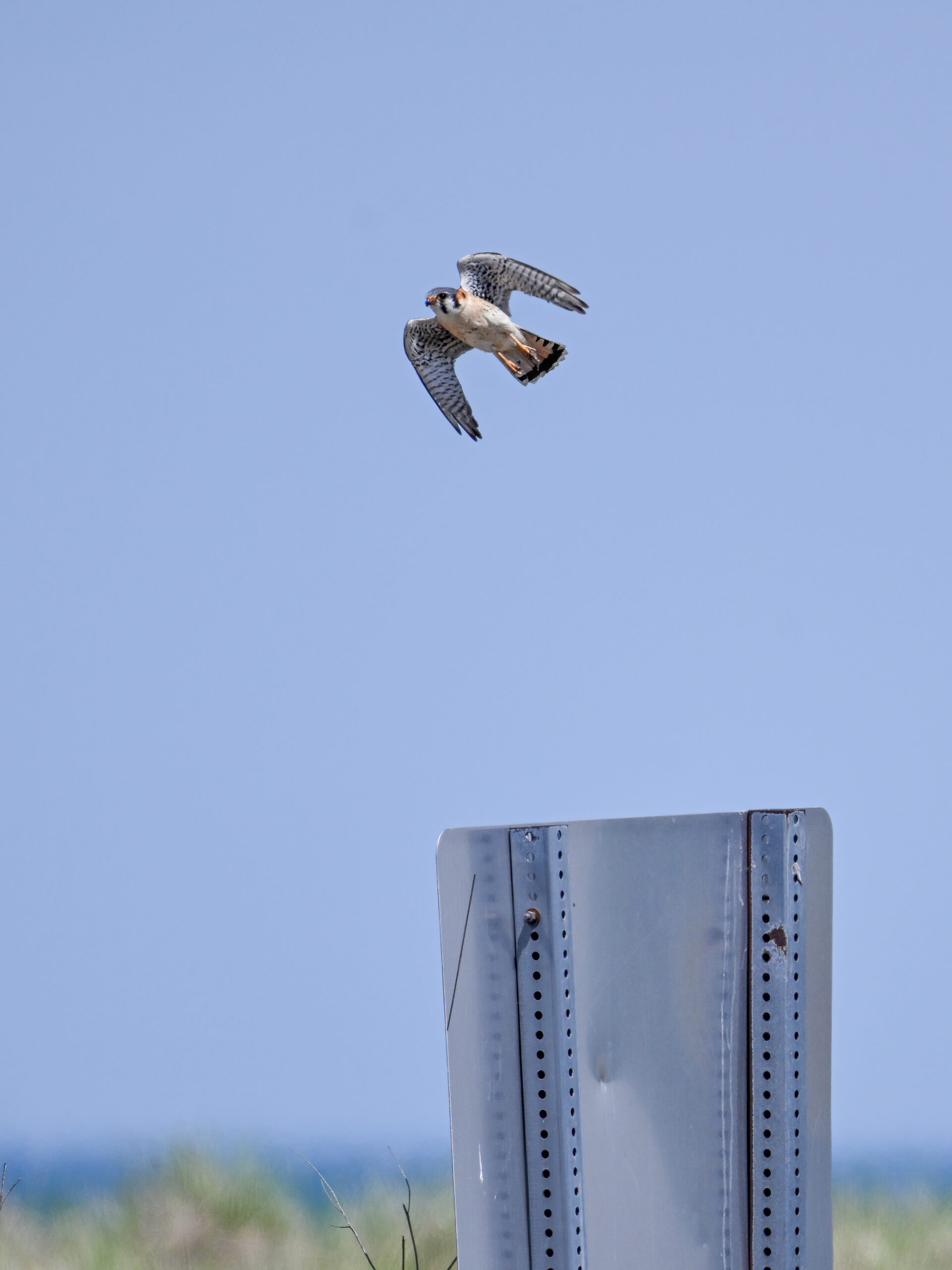
* Tip: to see the mostly likely candidates for the date/location in question, pull up the eBird checklist, which defaults to “non-rare.” For Gull Point in May, the most common tern options are Common, Forster’s, & Caspian. (Plenty of other ways to utilize eBird in this regard, such as looking at species reporting bar charts for recent years; here, 2023 reporting shows more reportings of Caspian and Common Terns in May, but fewer Forster’s.)
Coming soon, very blue and purple birds!